Google Pixel 3 review: Brains over brawn
The Pixel 3 is the smartest smartphone we’ve ever seen
The Pixel 3 doesn’t stand out in any specific areas - and lags behind in one or two - but what it does do is bring together all of its functions to form a whole that feels genuinely smart, deploying clever AI and software tweaks to create something that’s genuinely useful.
-
+
Outstanding camera; Incredibly smart AI features; Gorgeous design
-
-
Disappointing battery life; Not the fastest

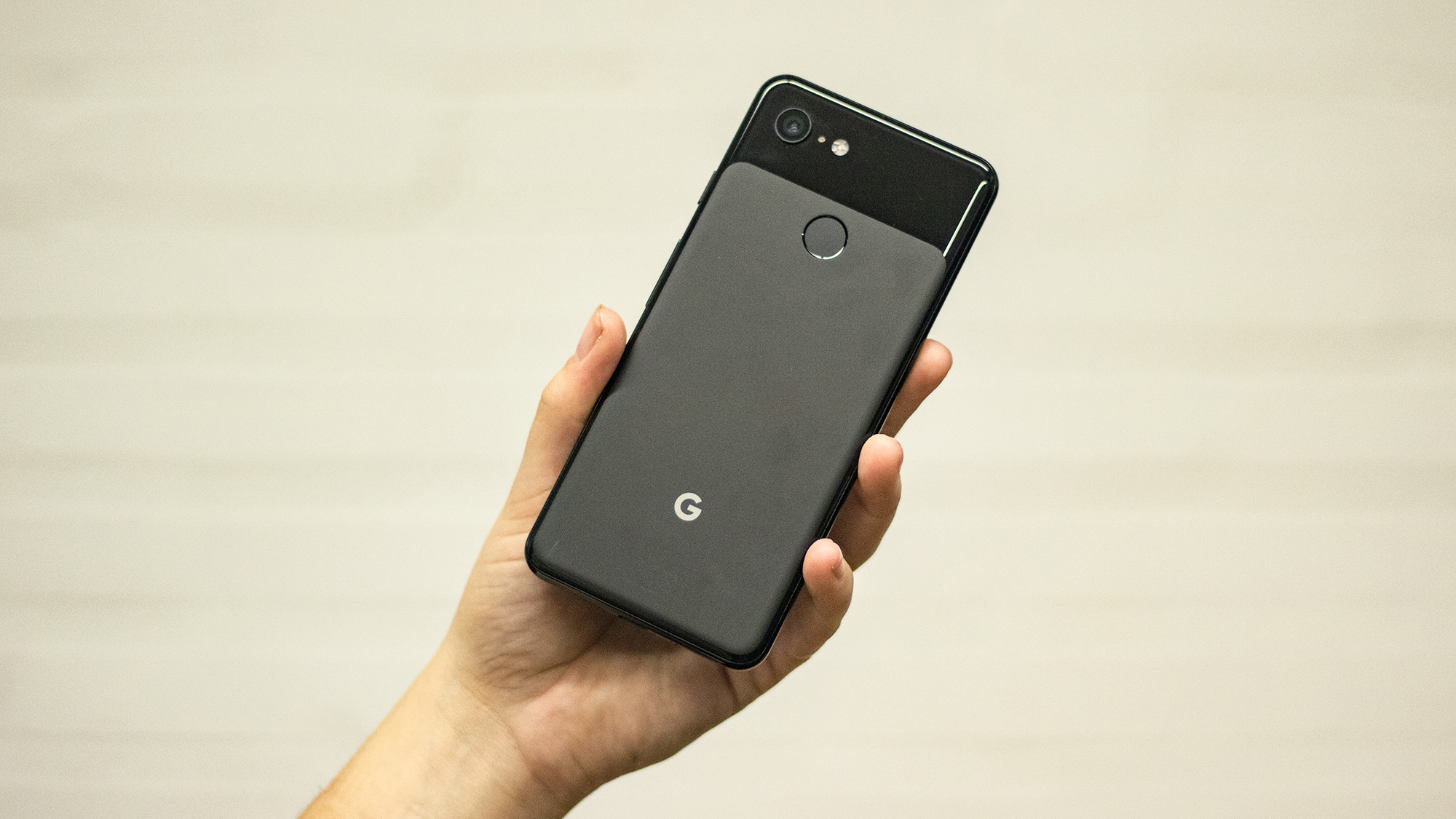
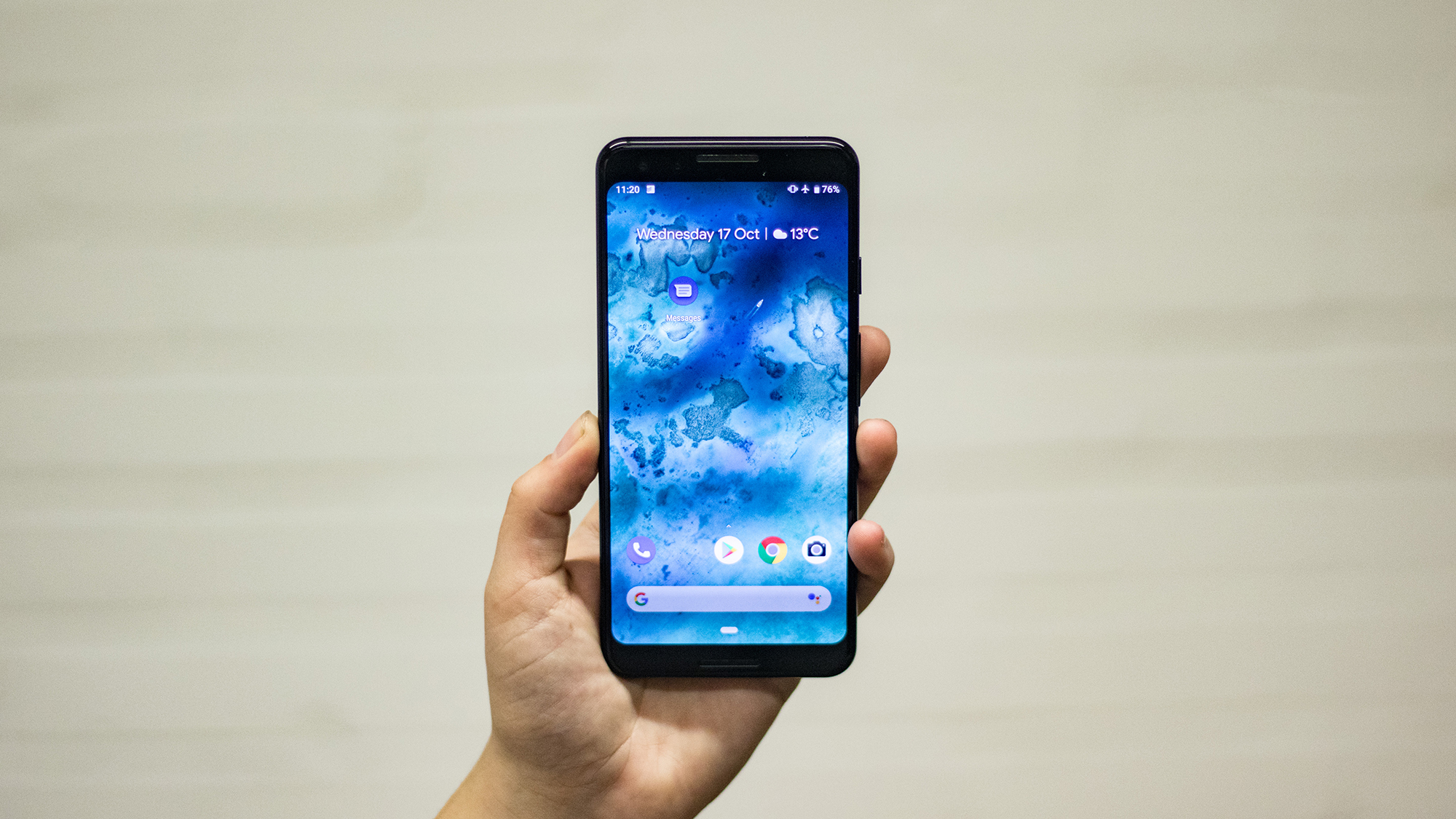
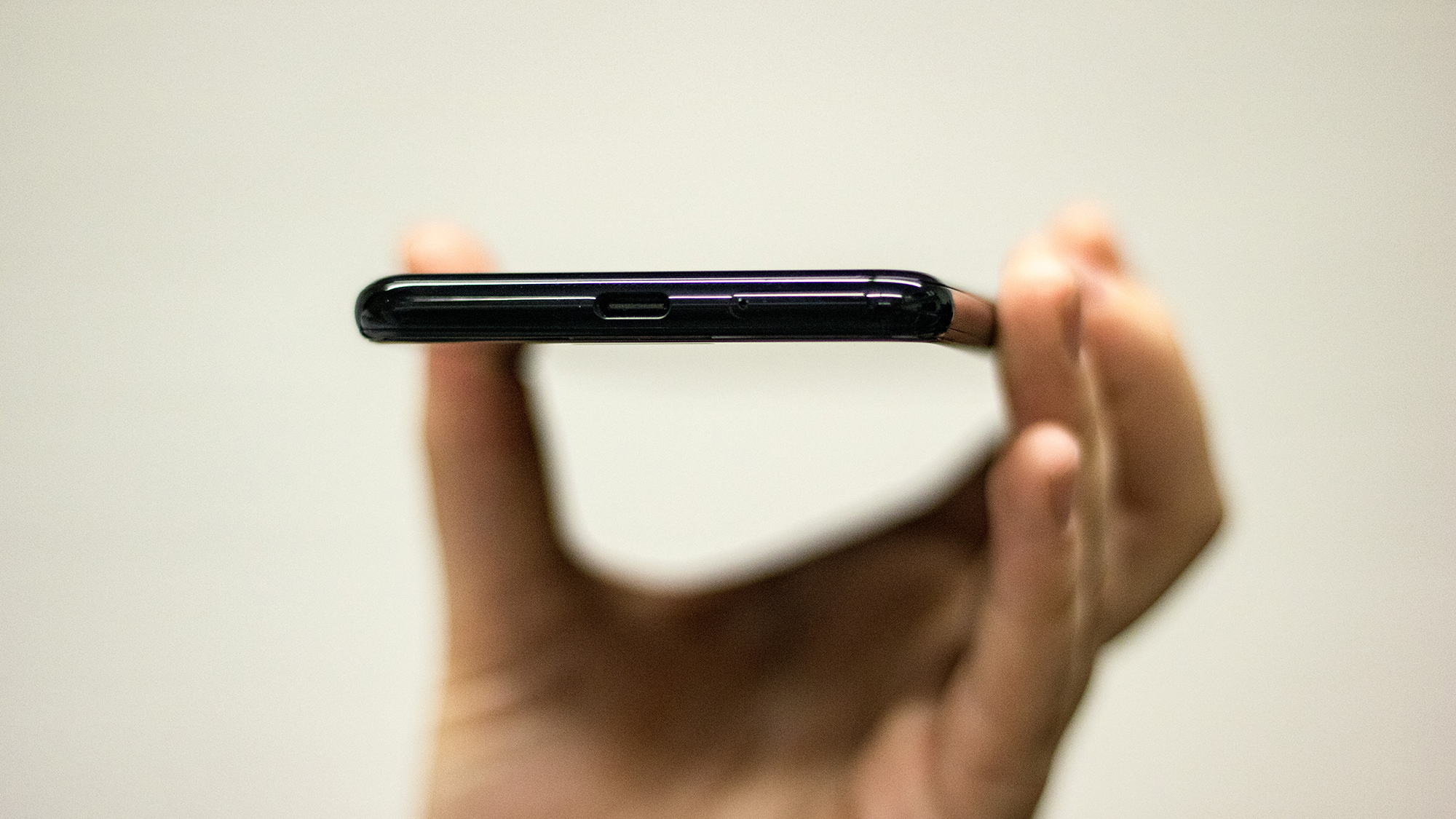
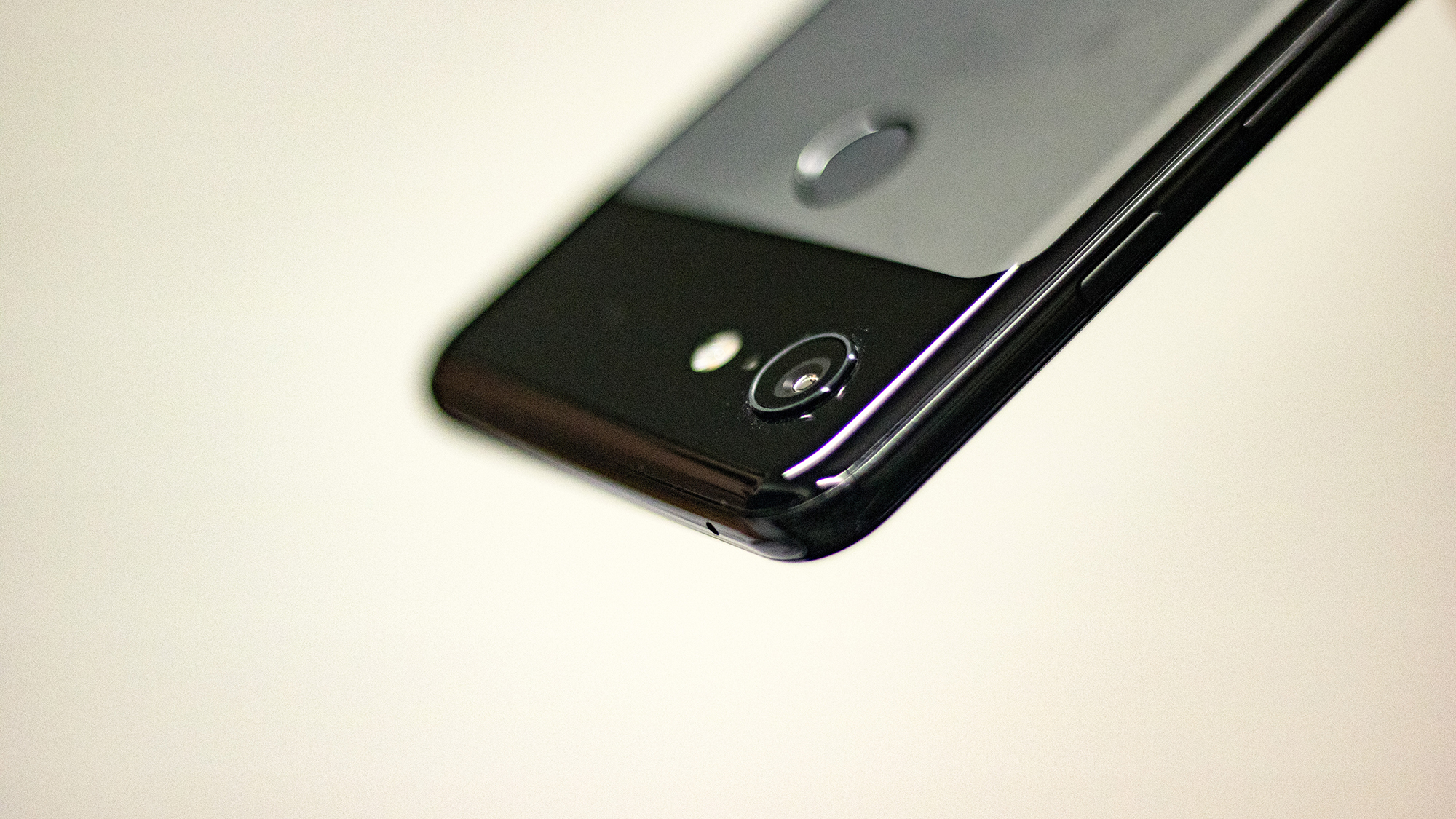
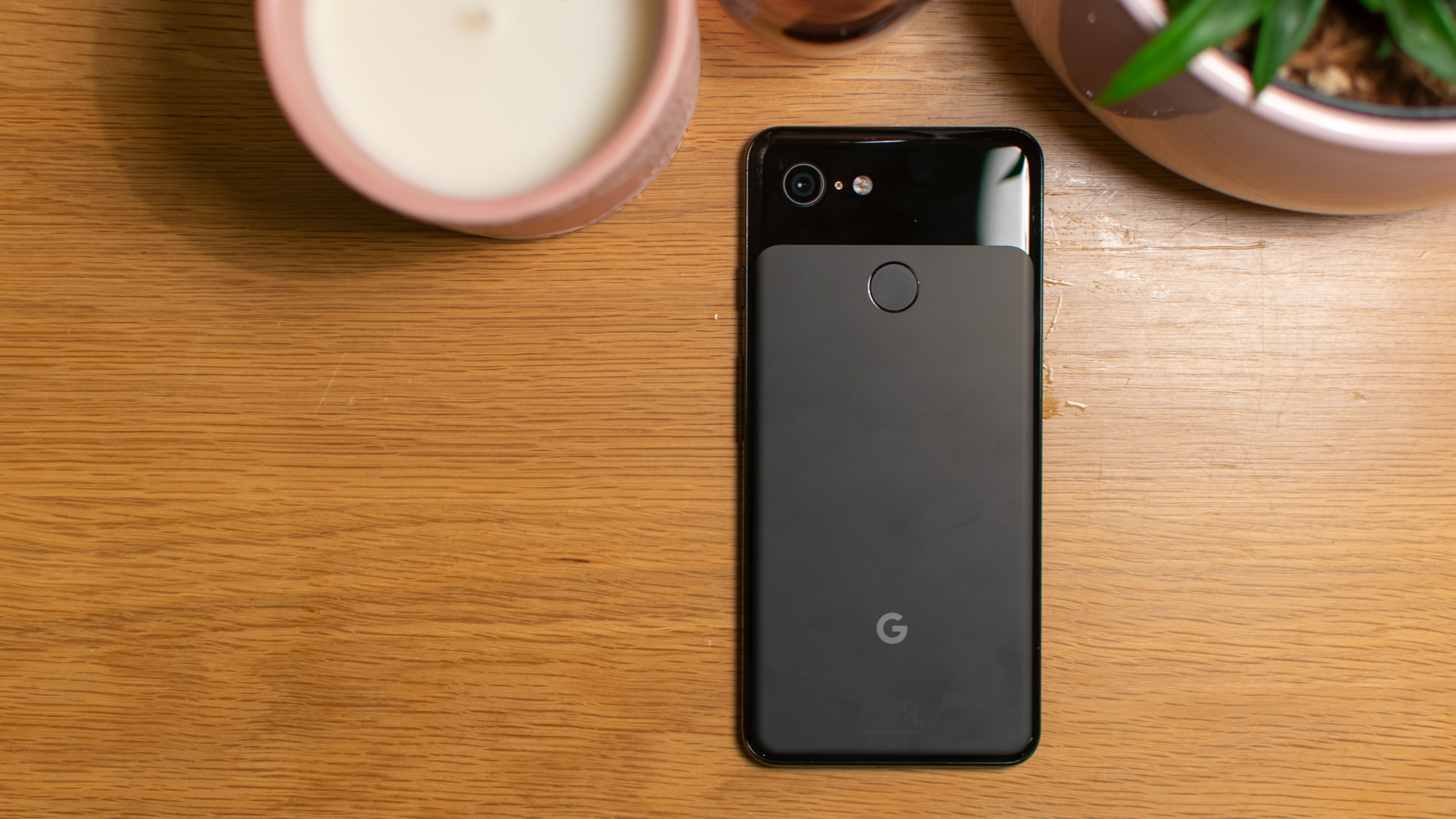
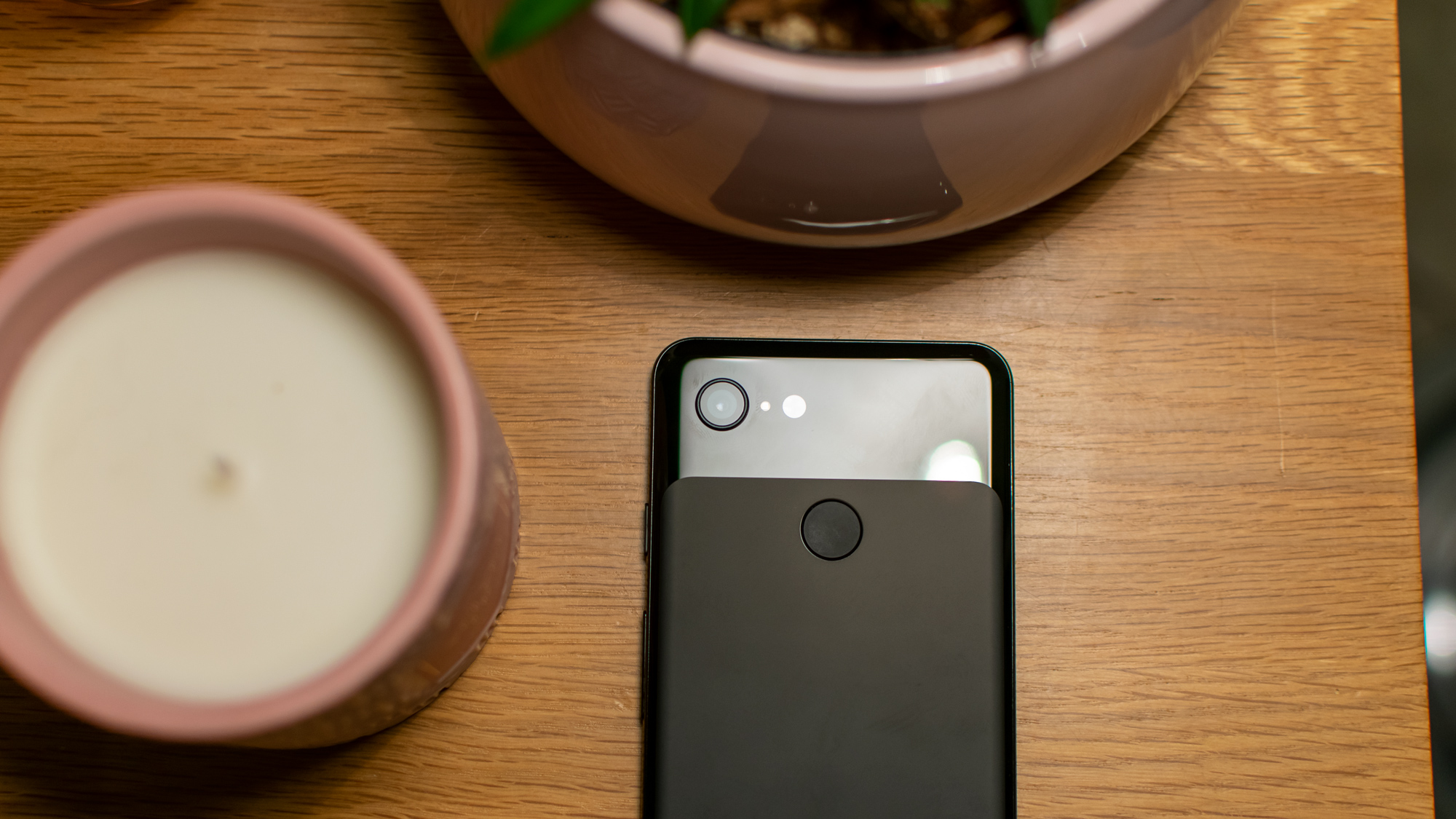
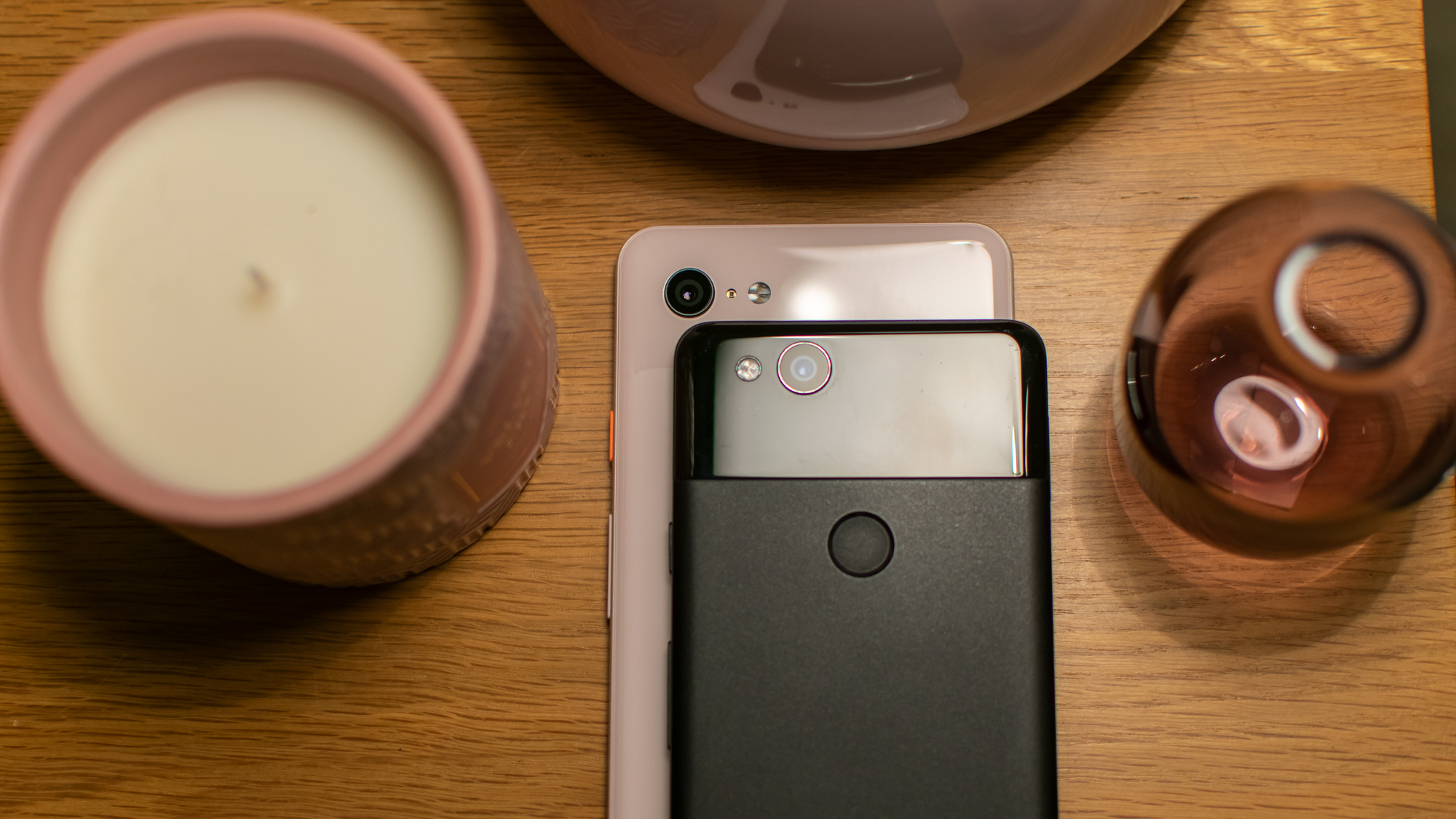
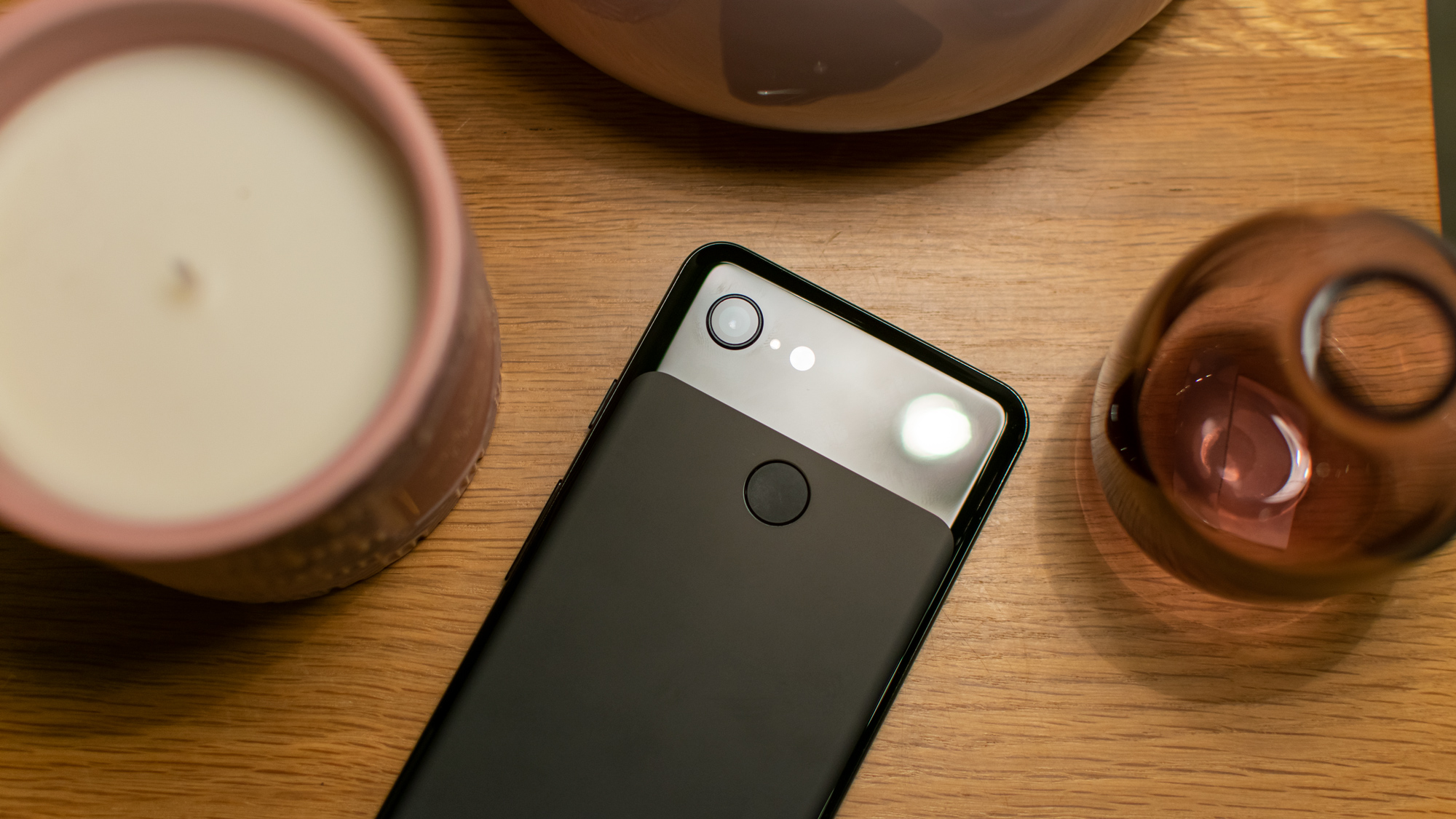
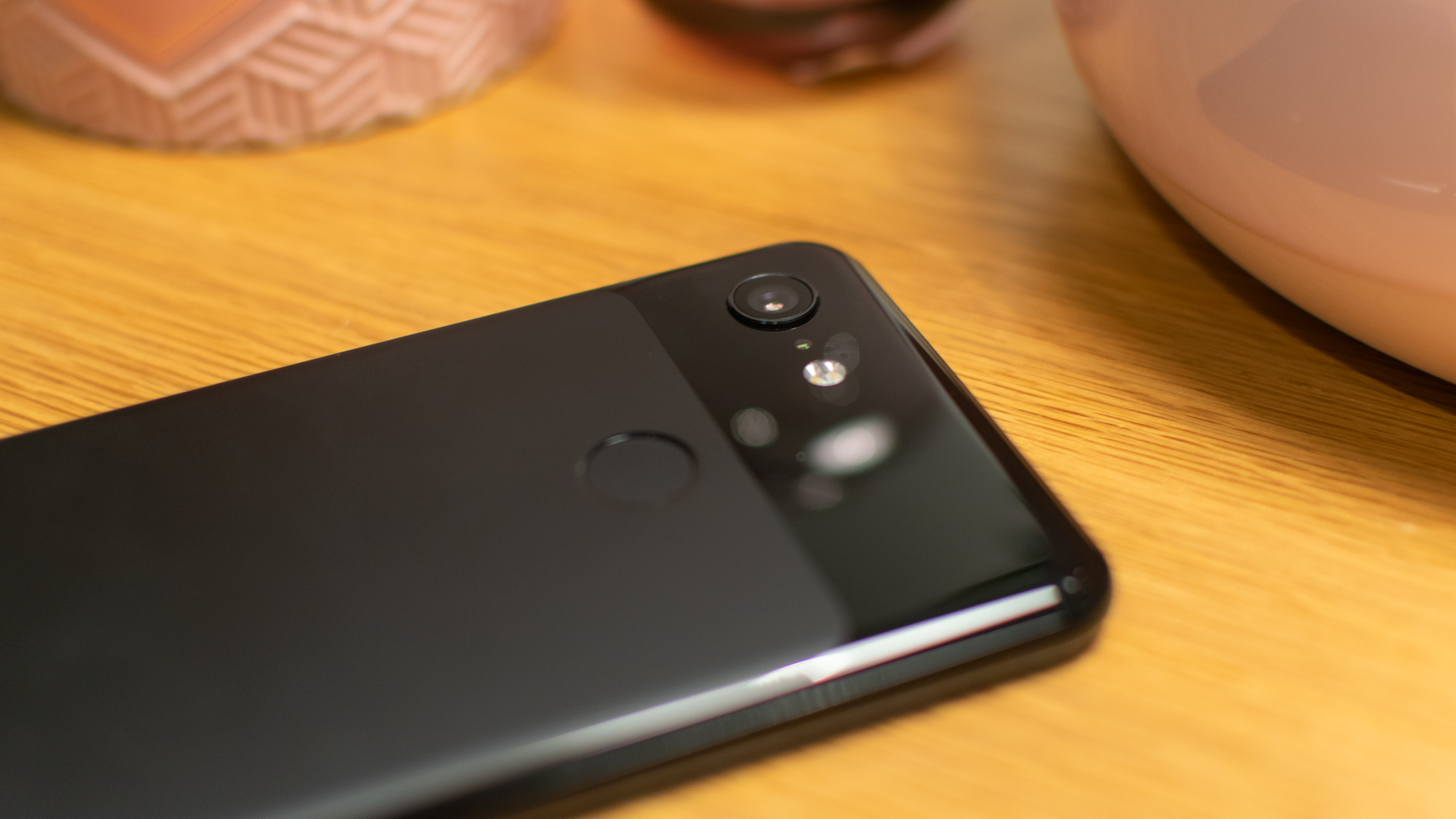
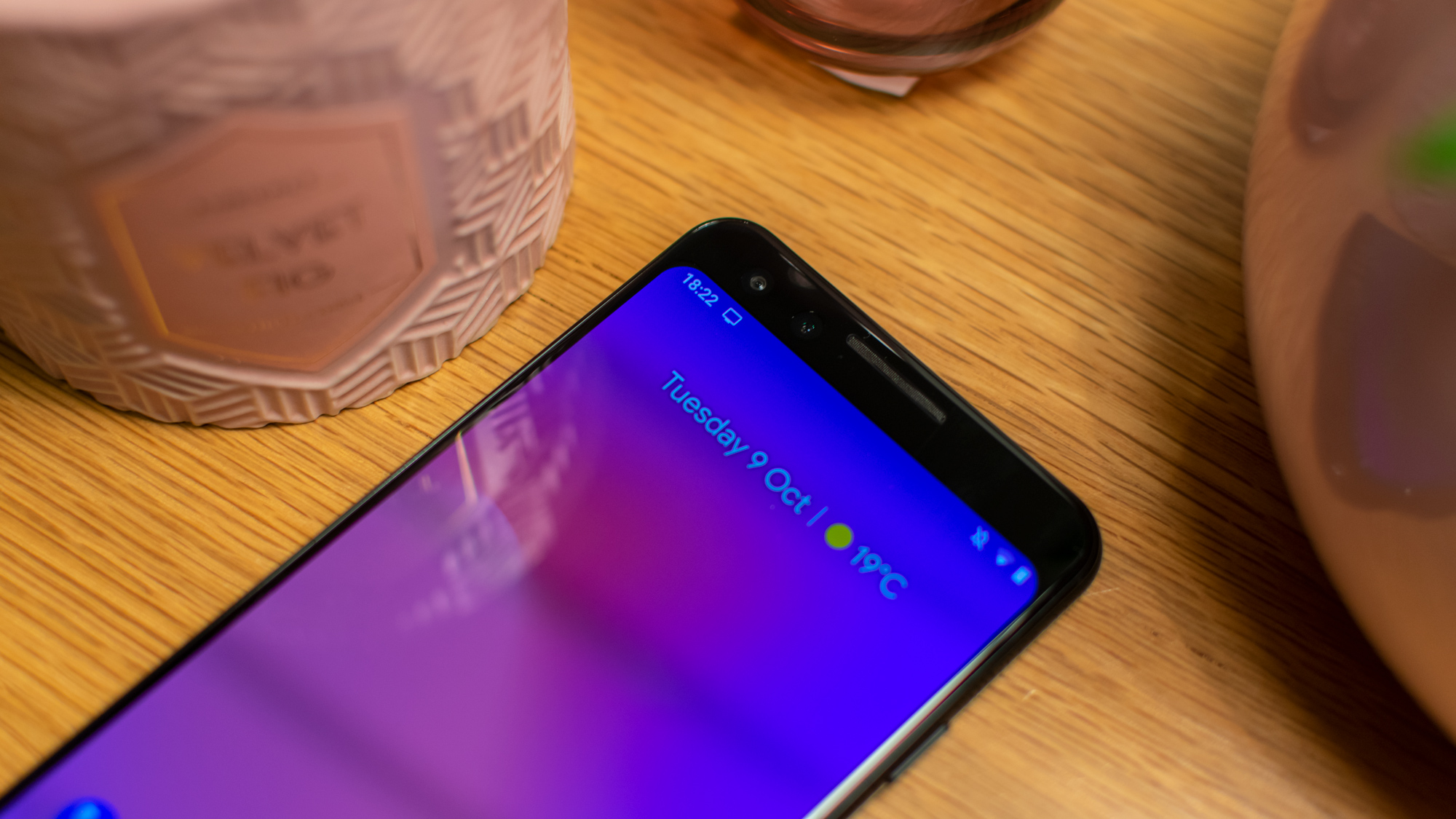
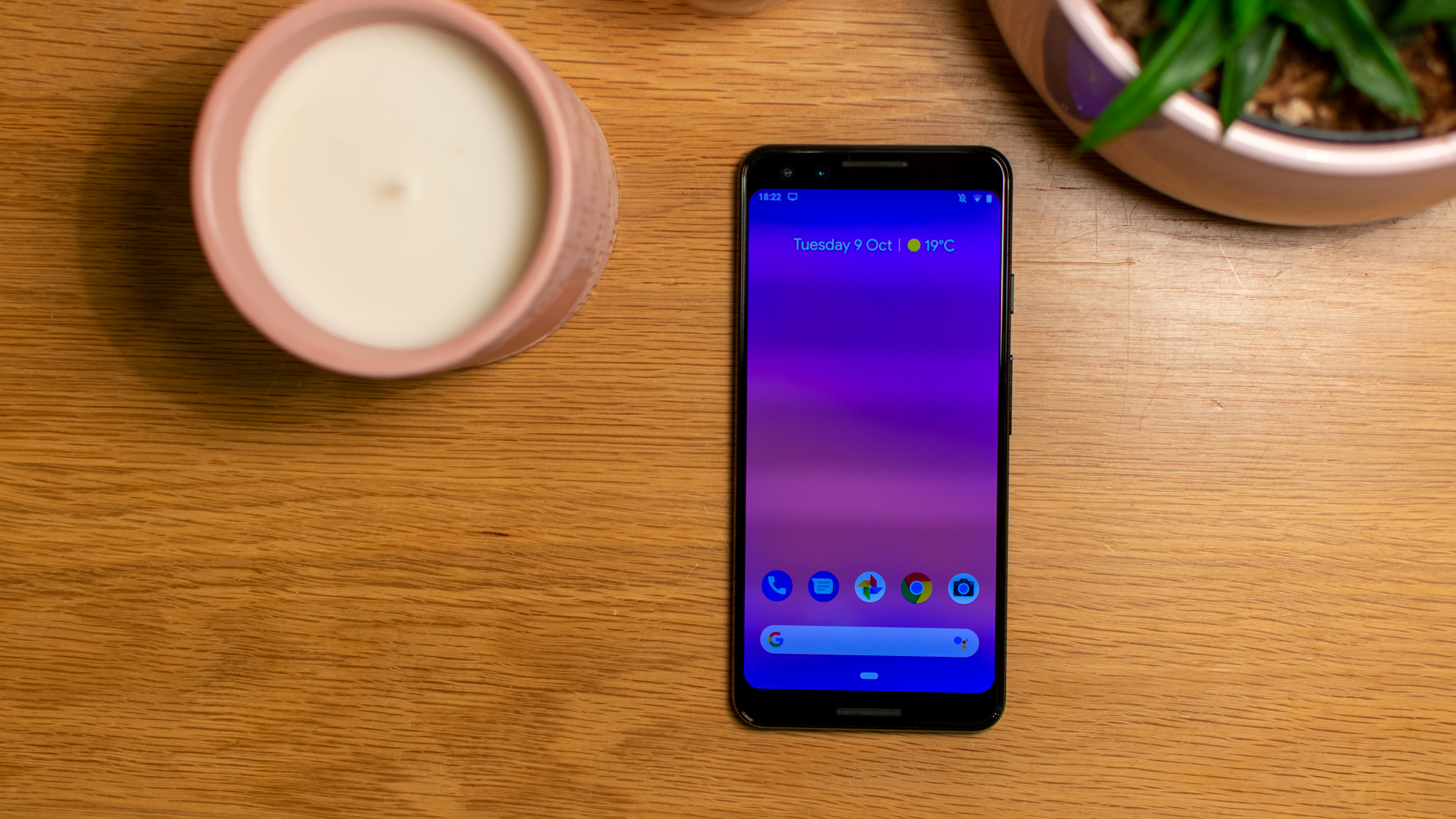
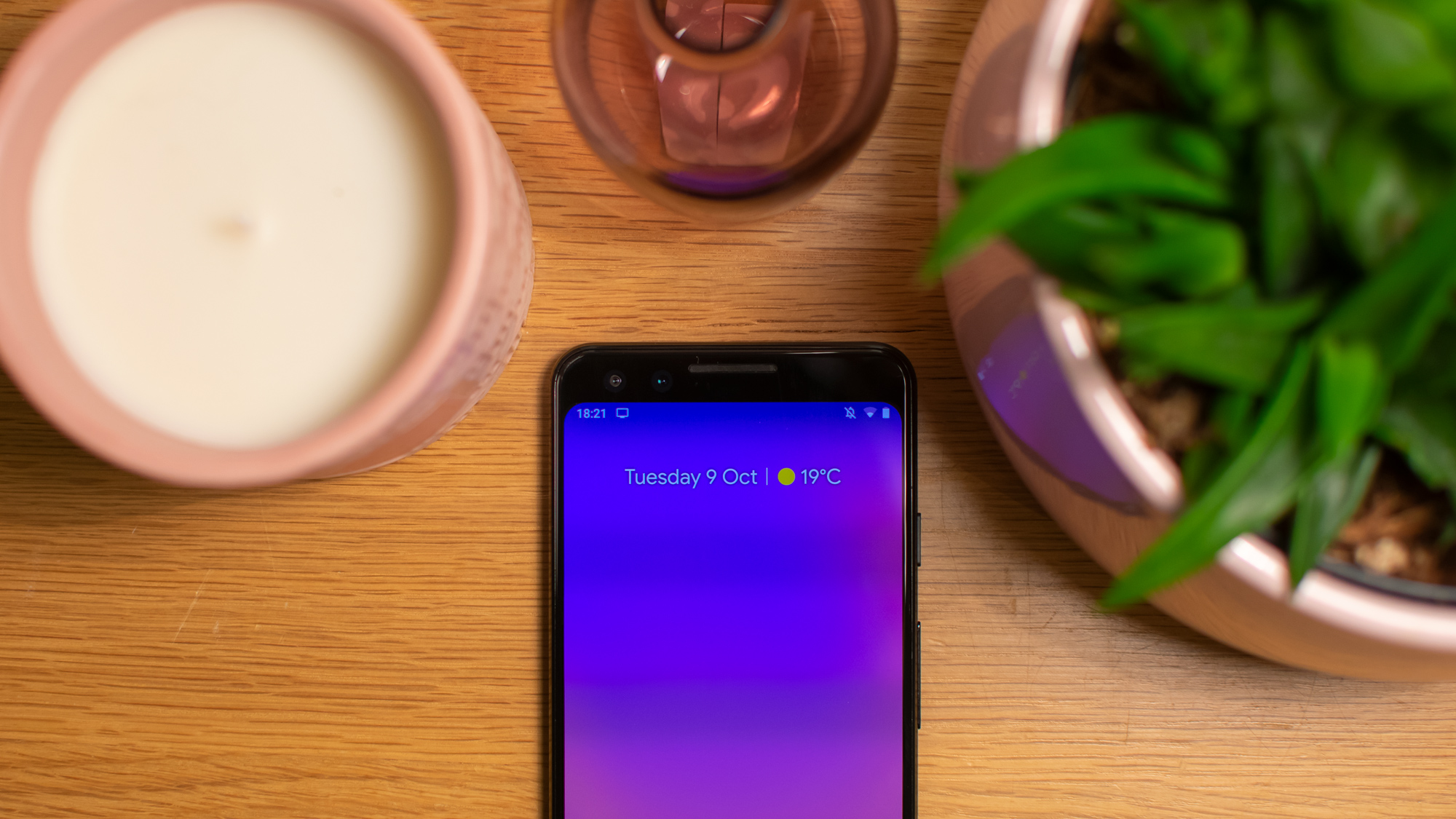
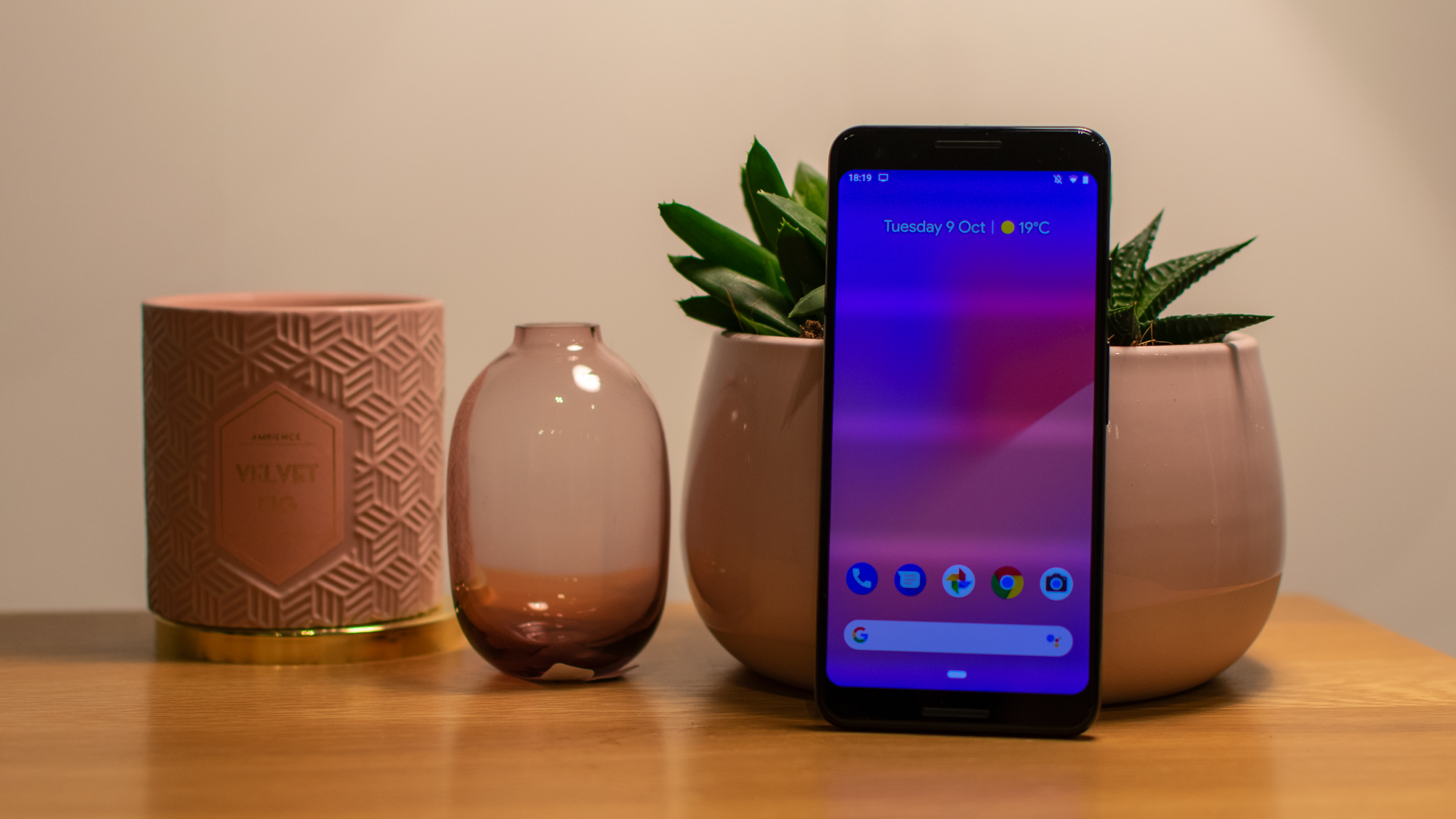
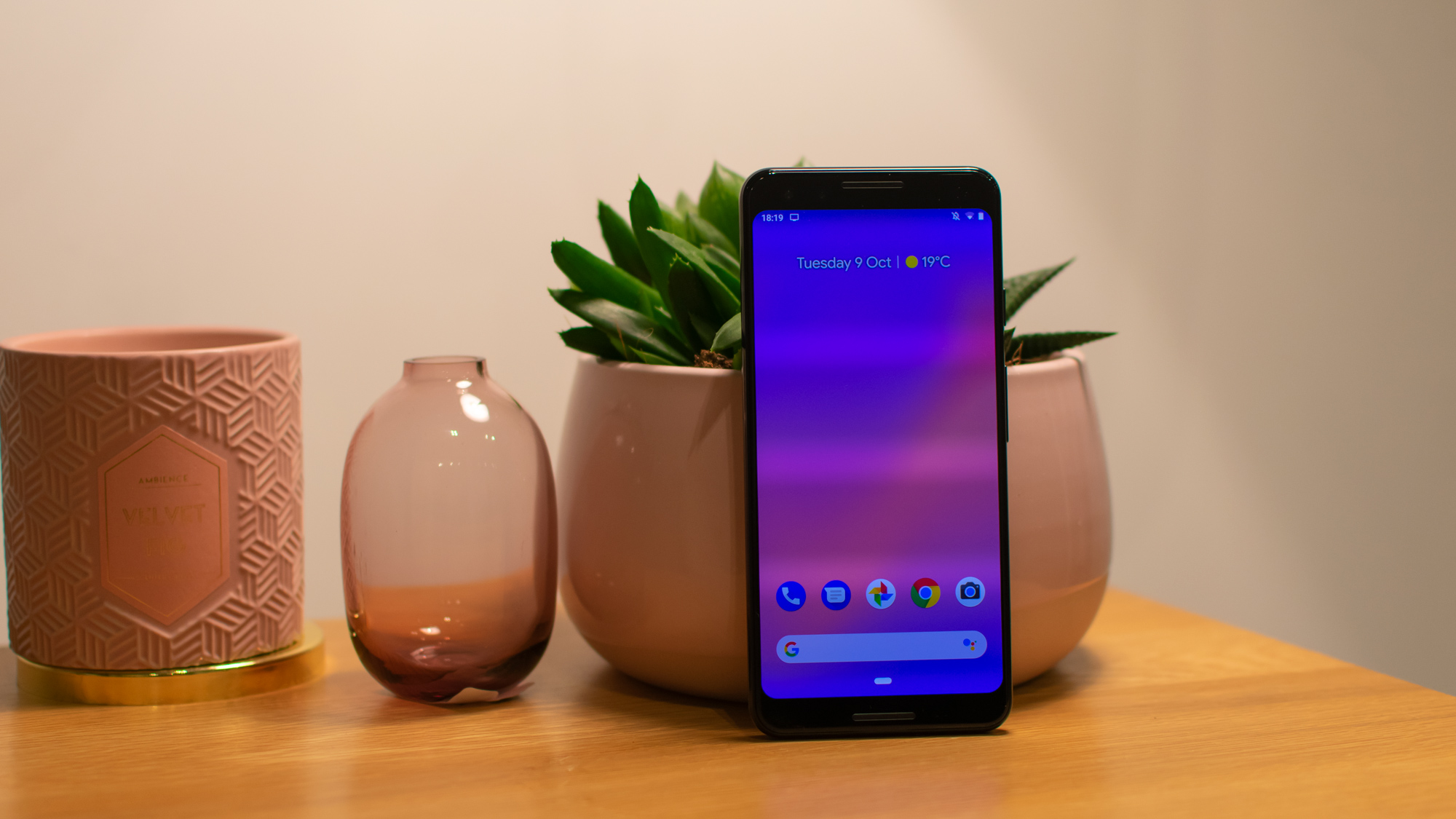
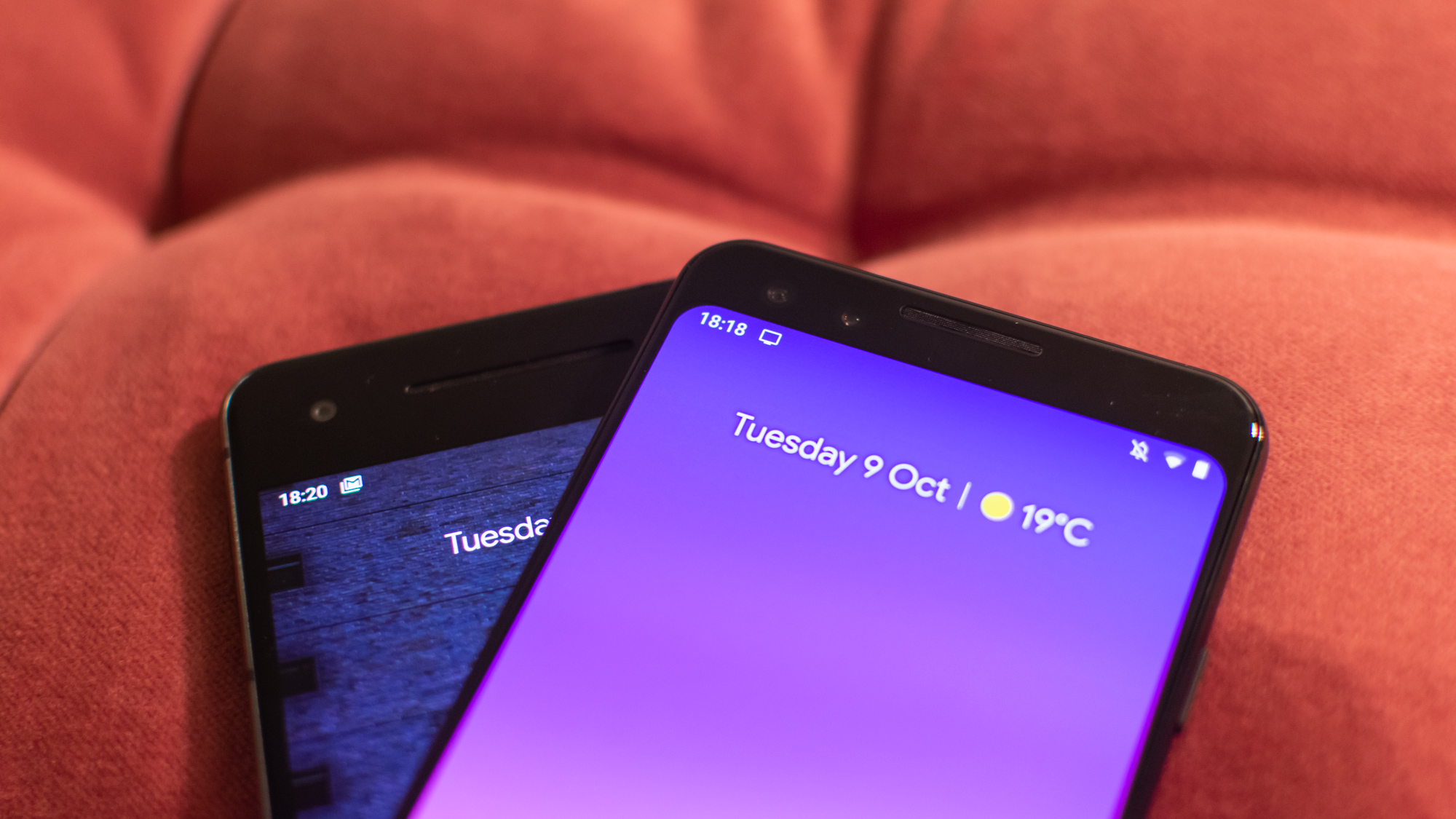
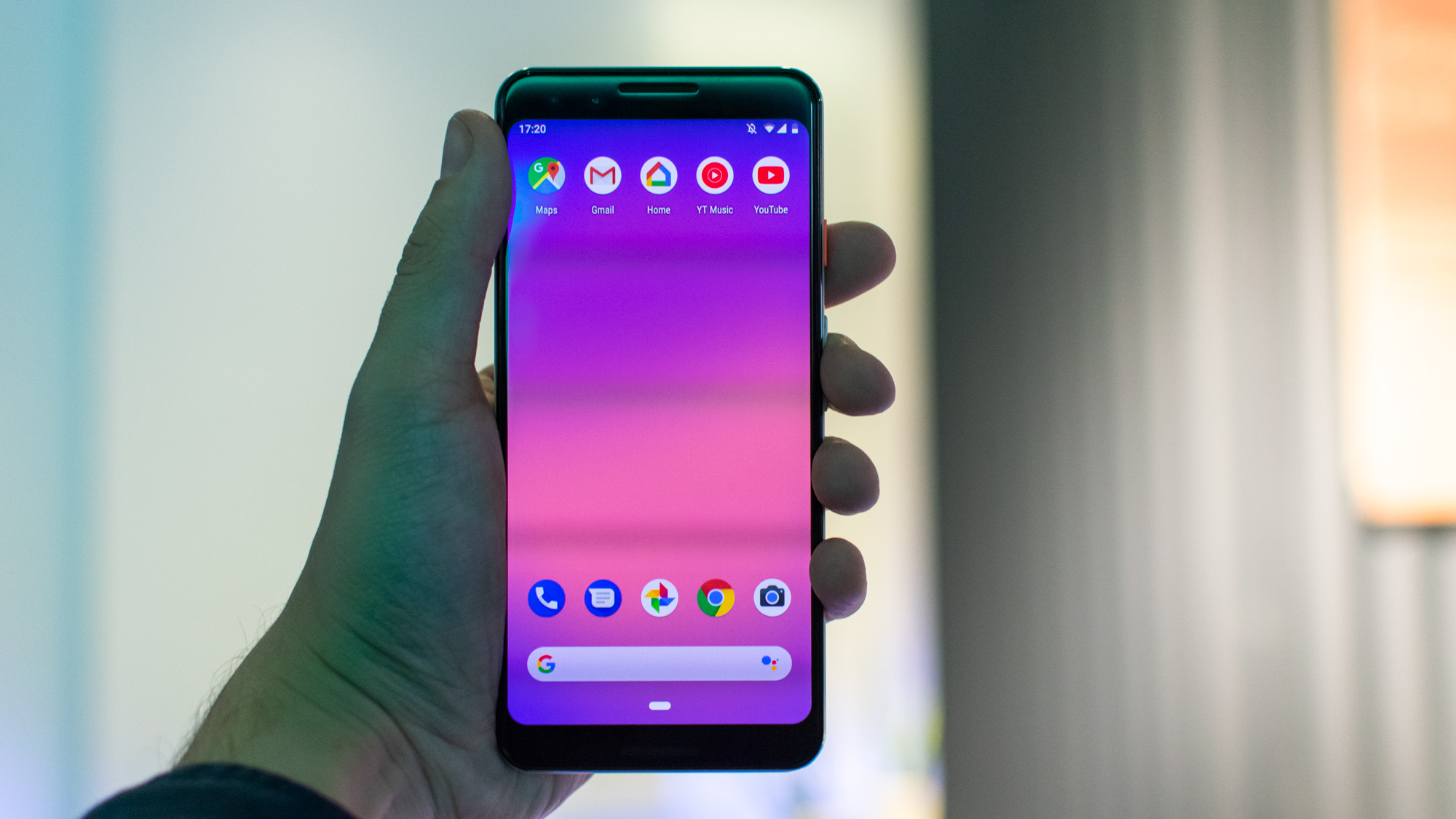
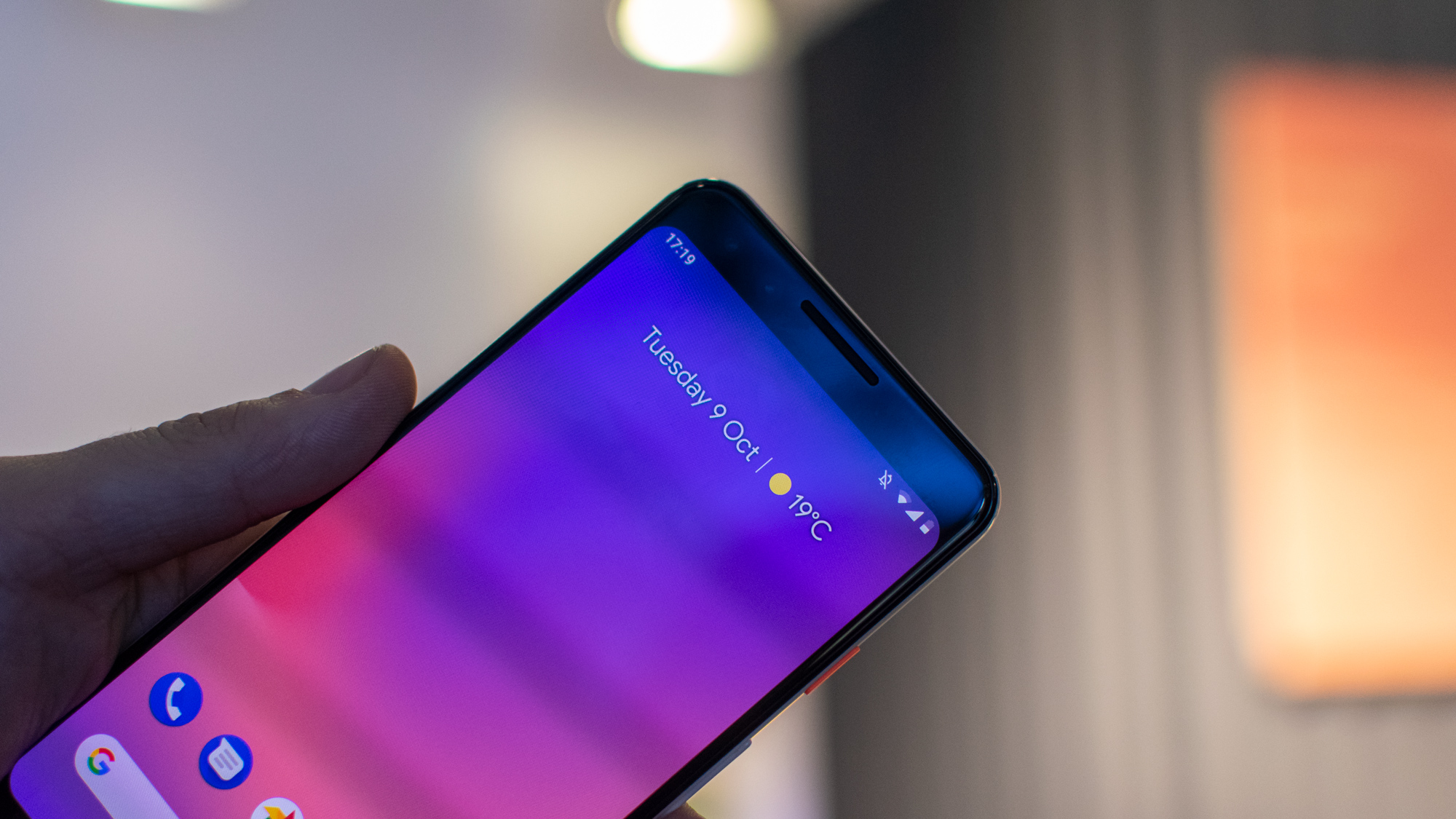
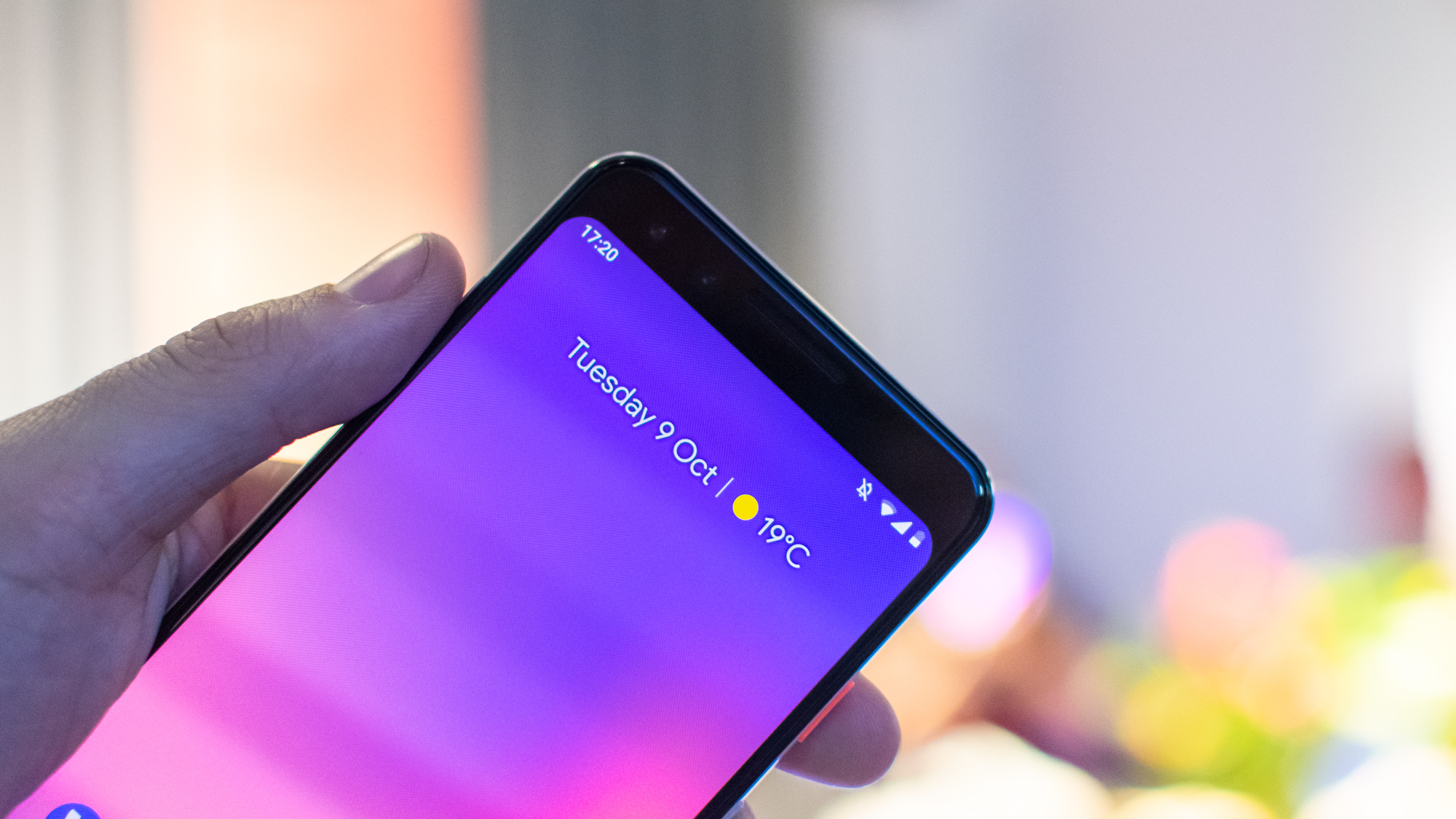
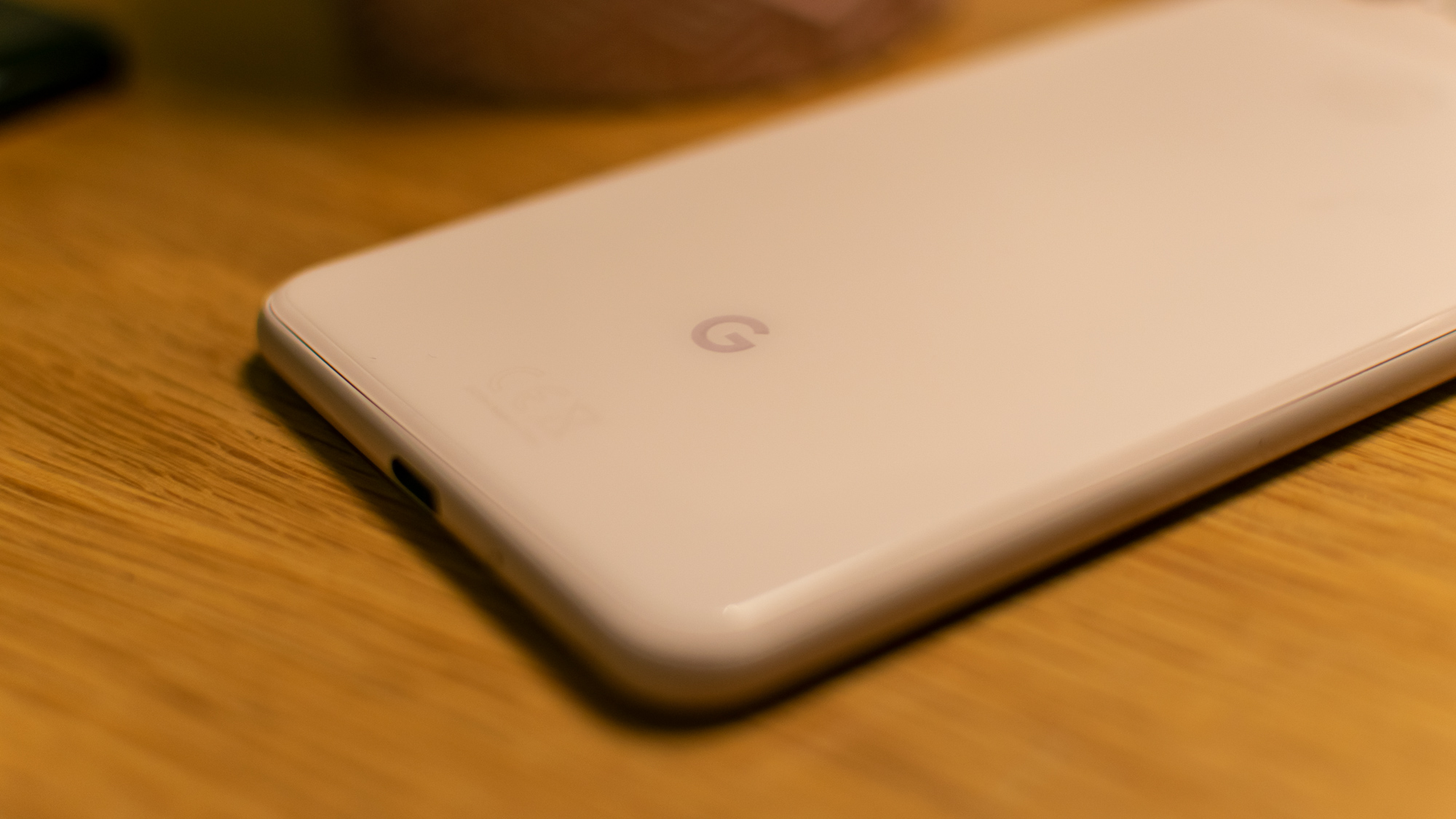
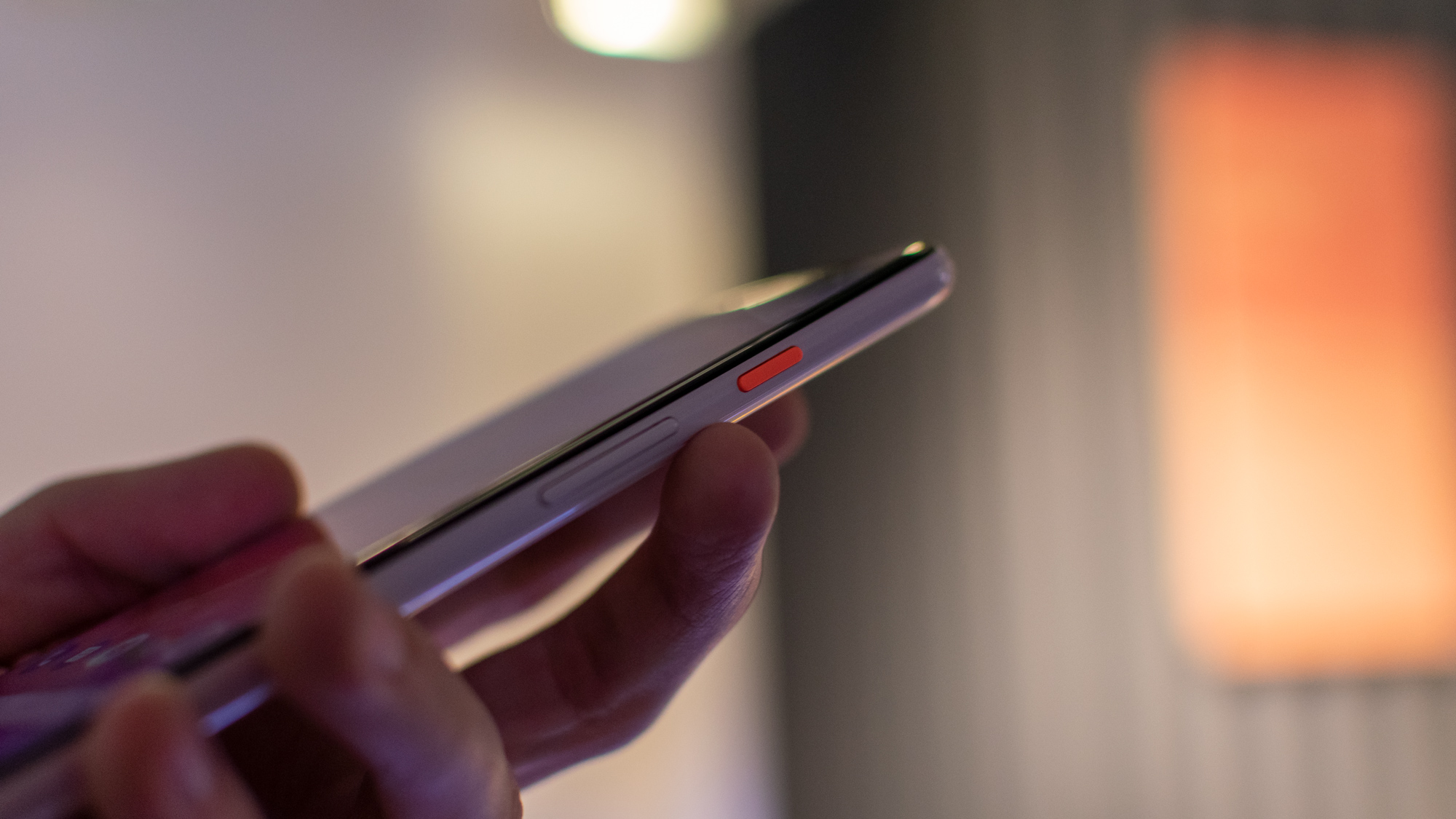
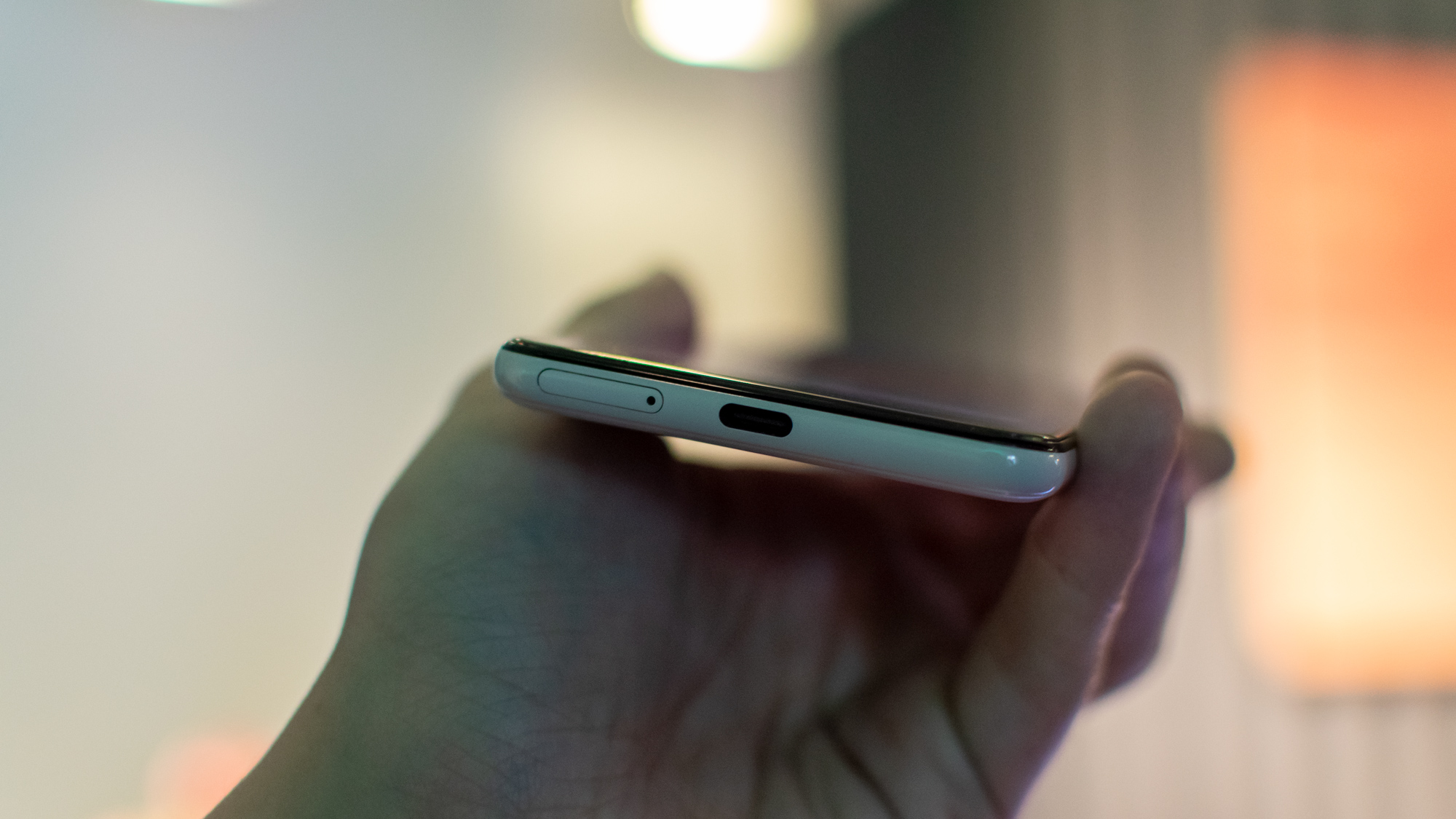
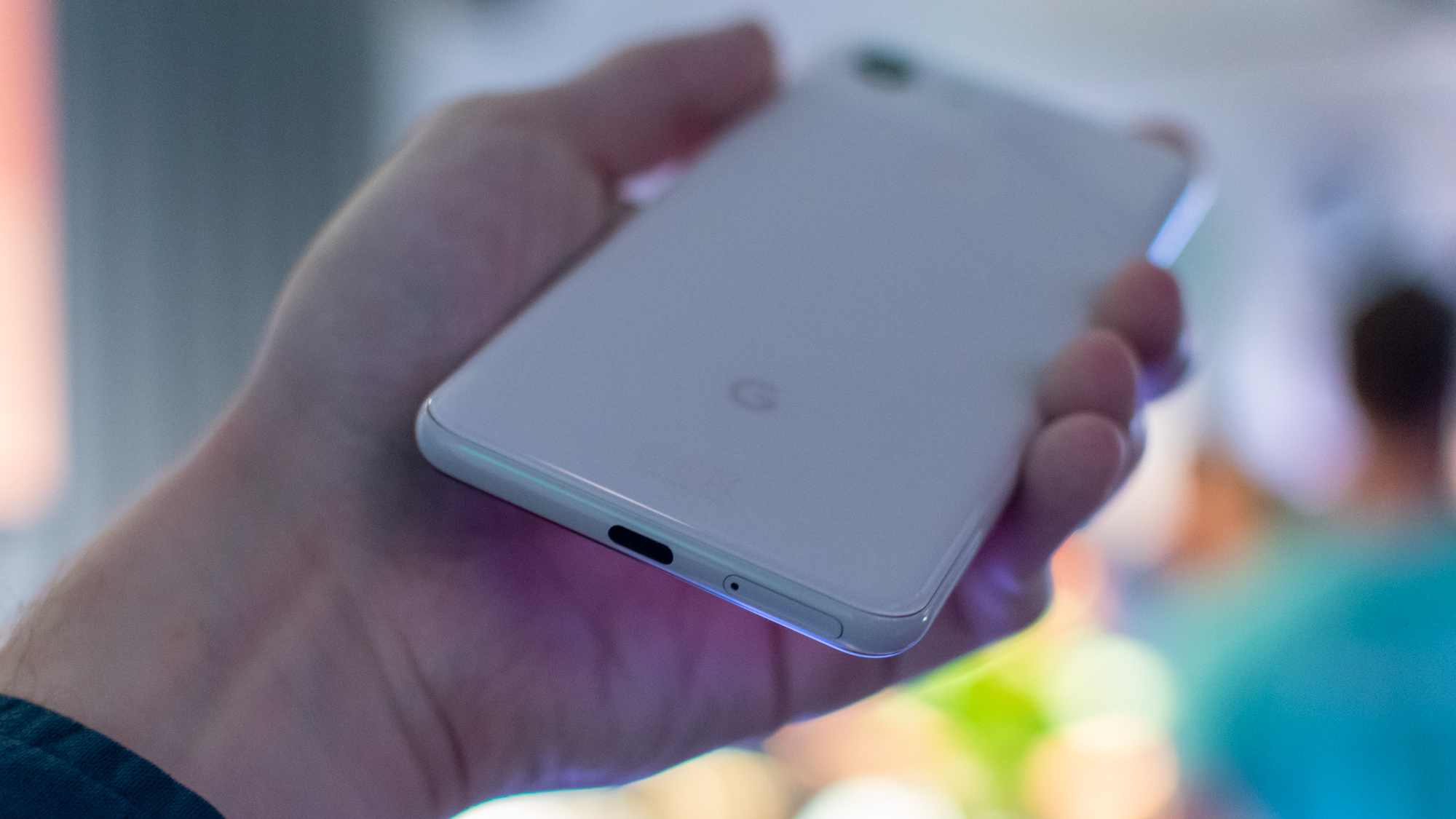
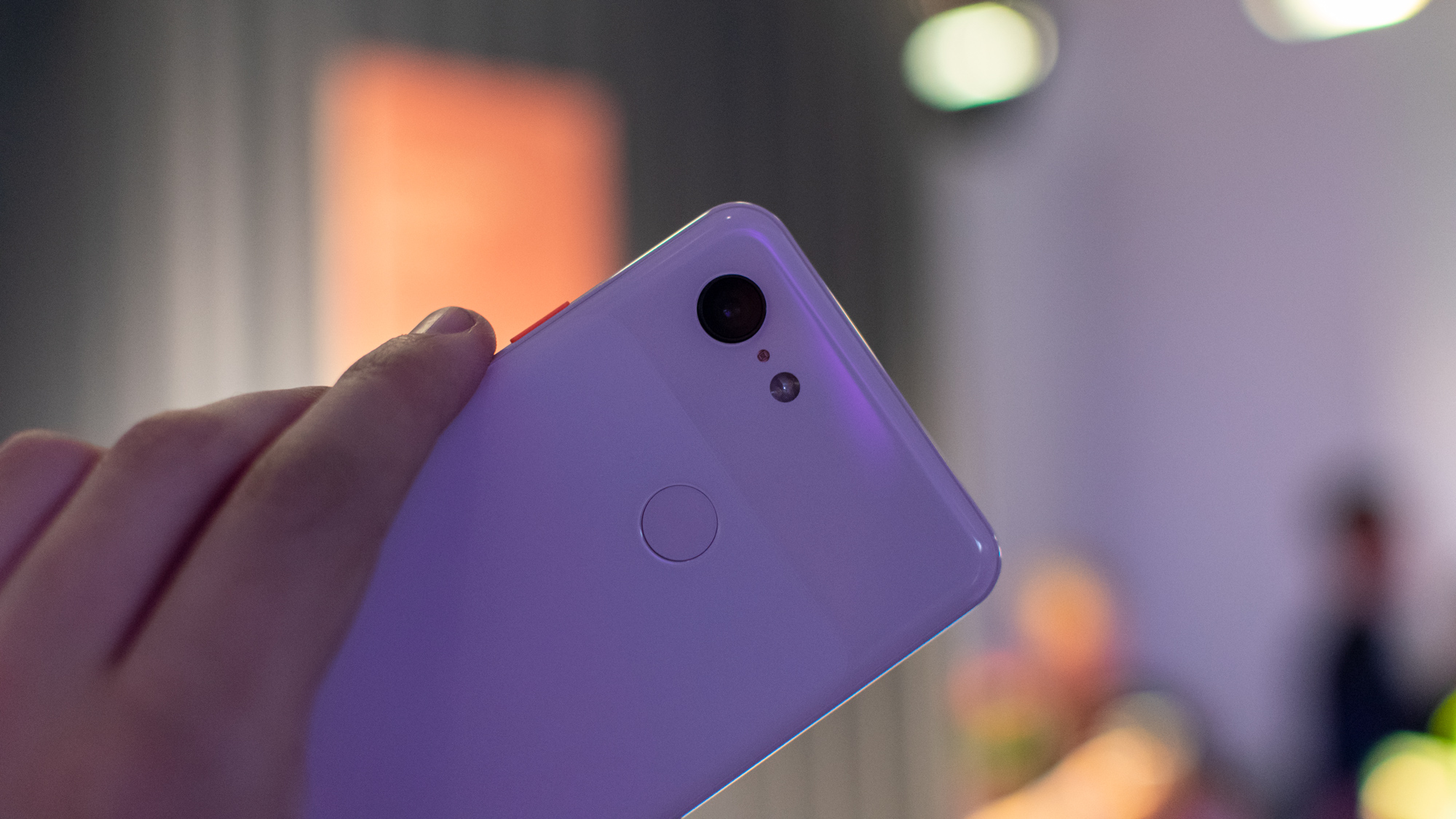
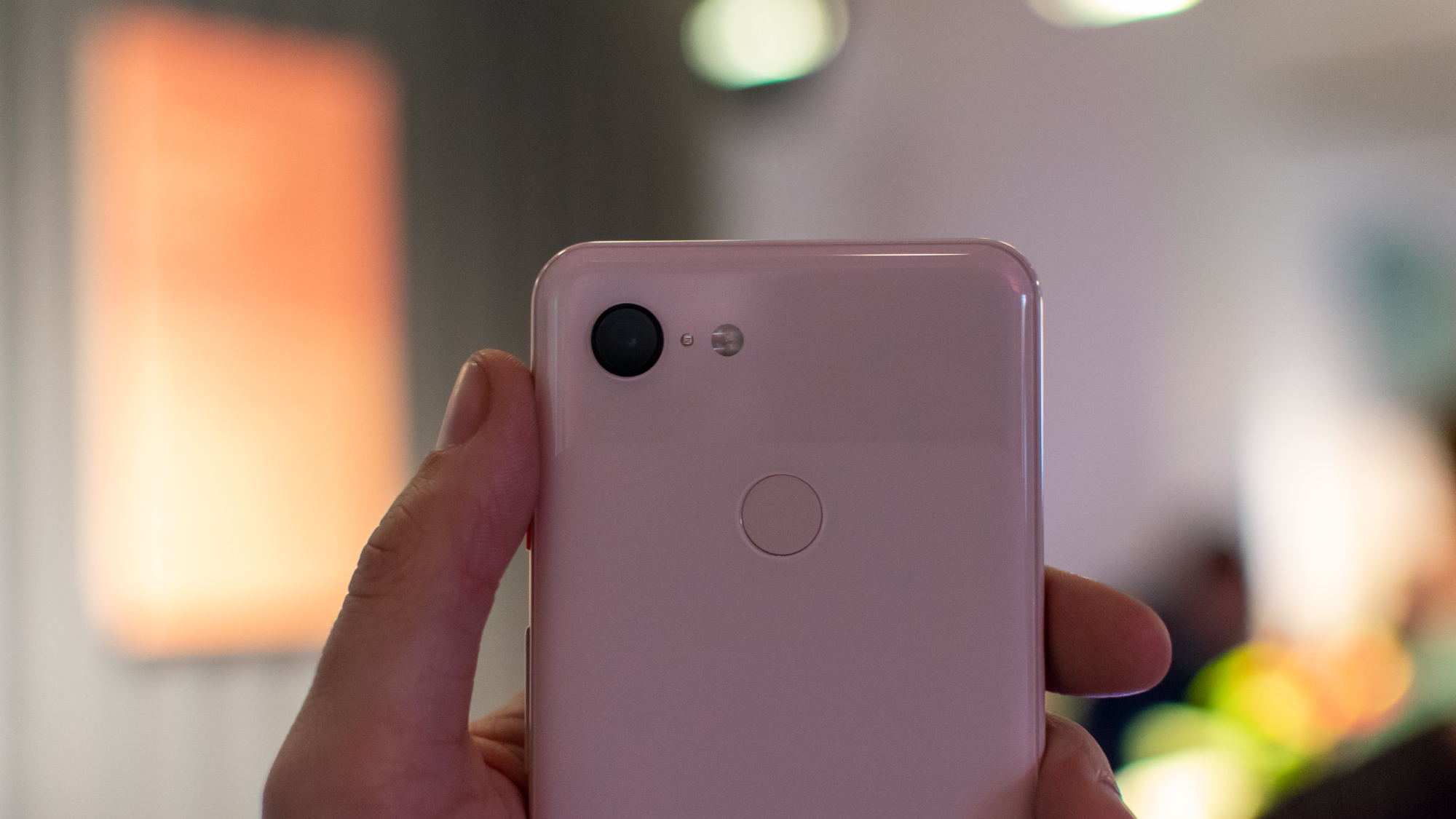
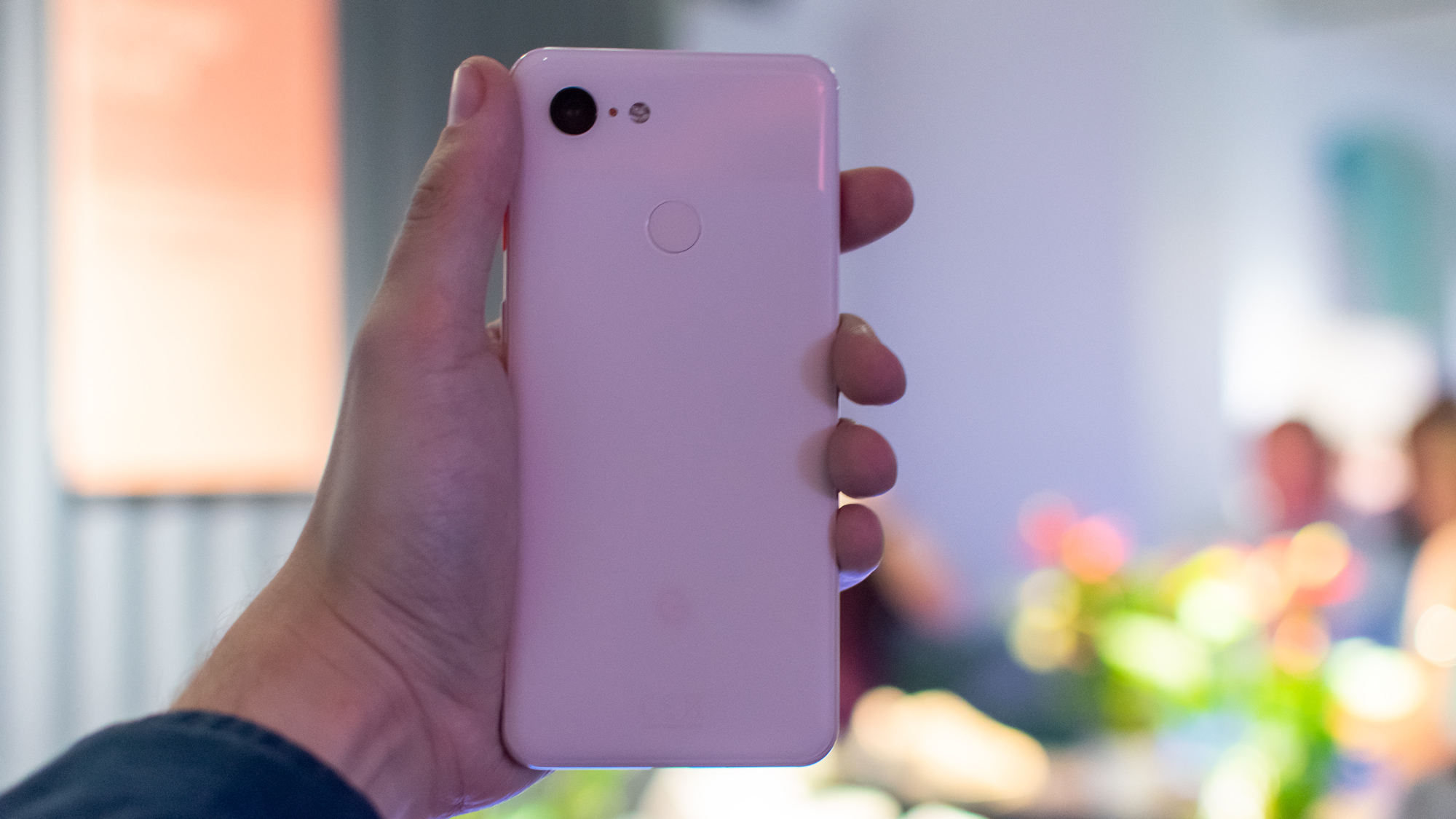
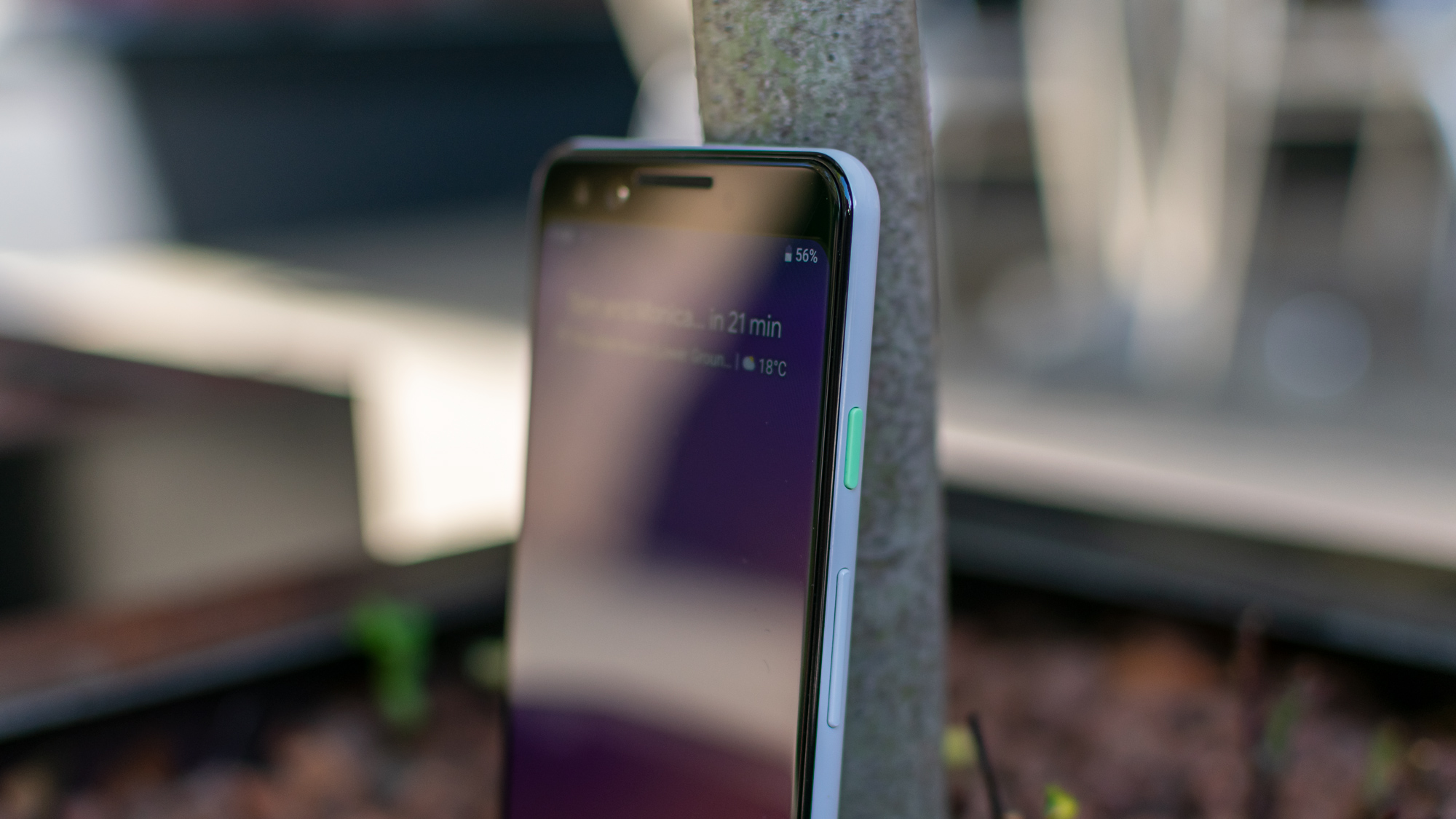
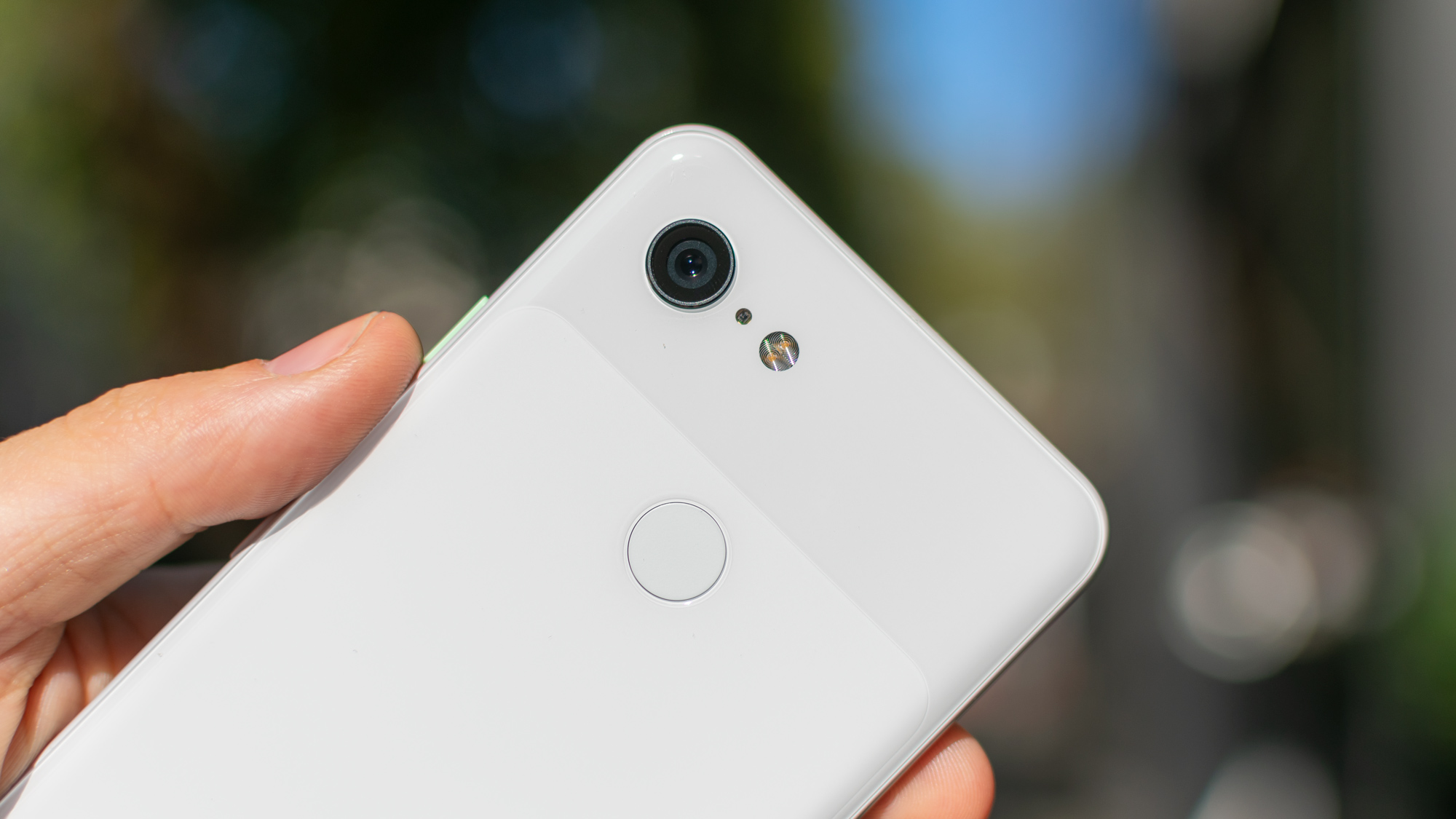
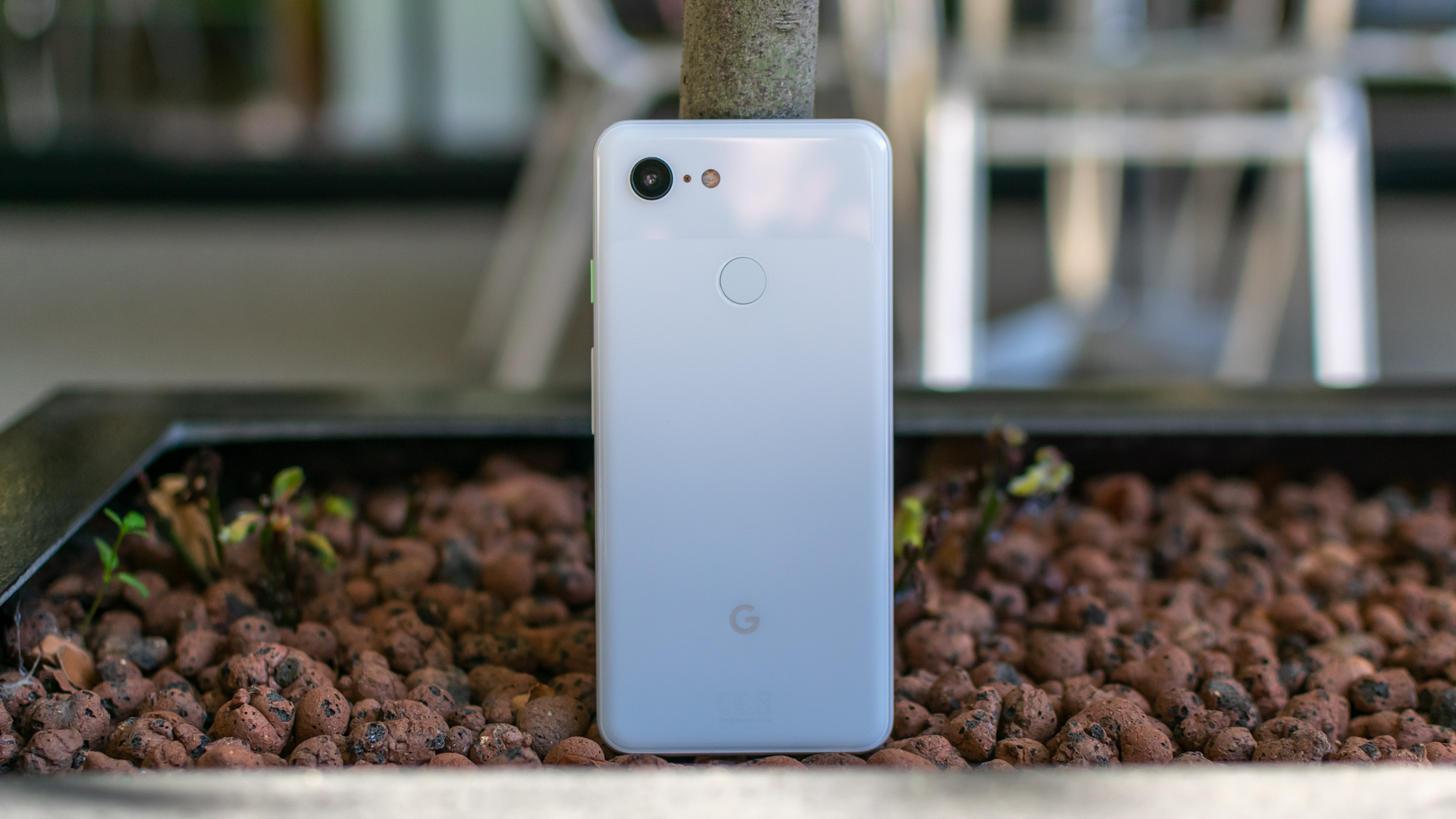
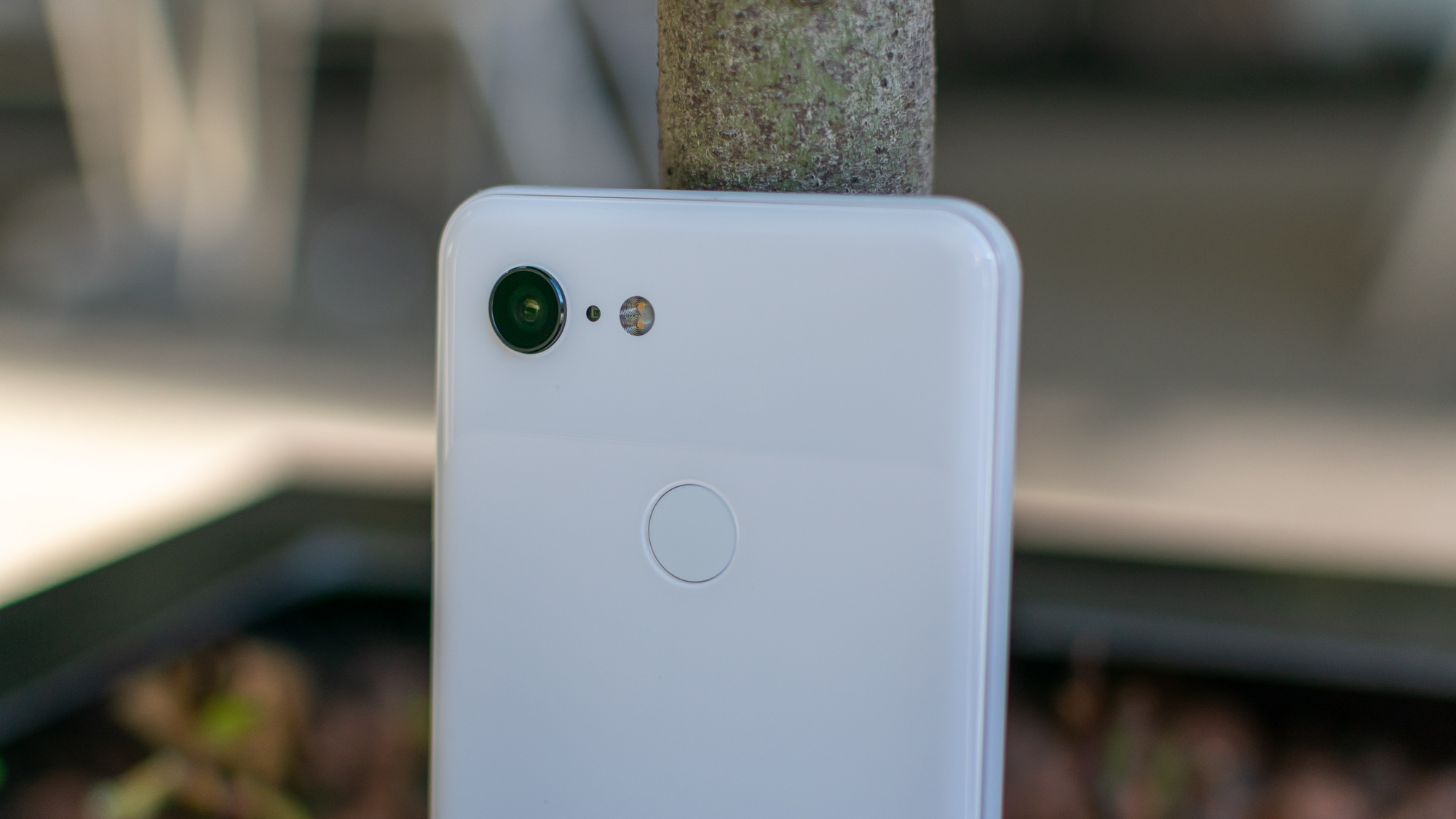
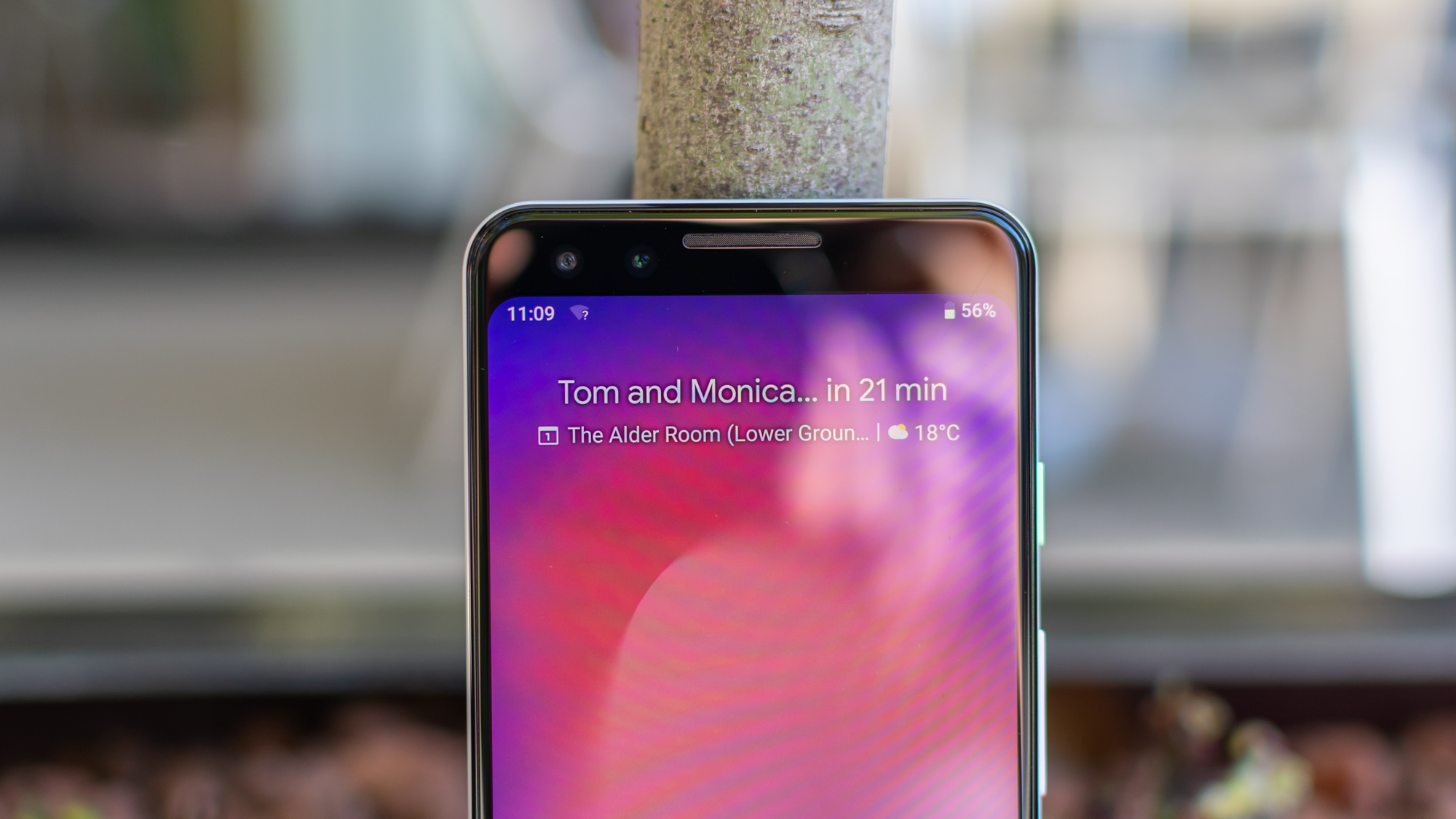
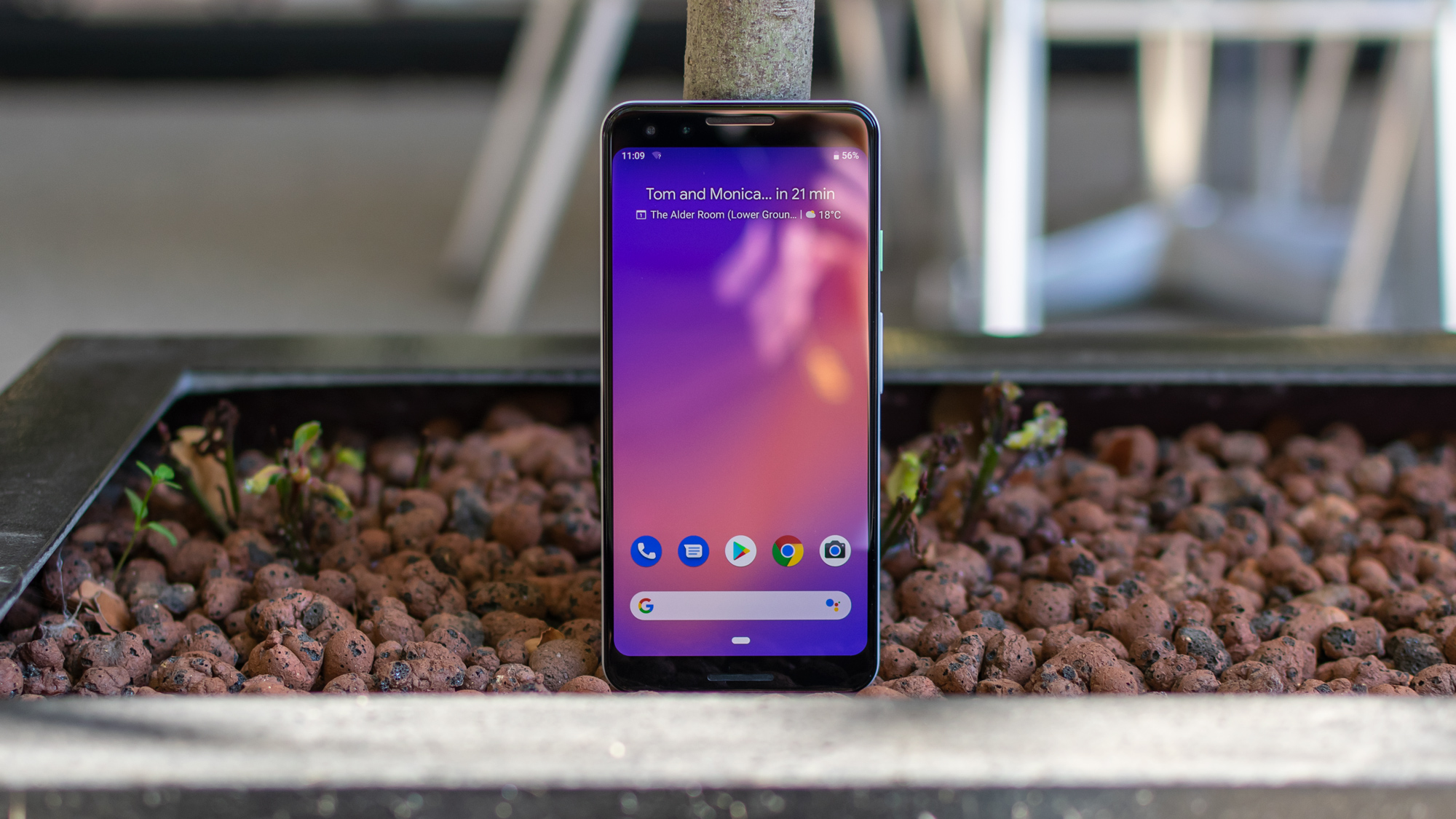
The Google Pixel 3 is upon us. However, despite falling victim to months' worth of juicy leaked, on first glance, it doesn't appear that Google's latest flagship has much new to offer. There's no major attention-grabbing features, the design has barely changed and the hardware has been upgraded modestly at best.
So, what makes the Pixel 3 special? As with last year's Pixel 2, the answer lies in Google's tightly-woven software - the whole endeavour is underpinned by the Google Assistant, which acts as the public face of some impressive AI technology. This impressive tech is baked-in throughout the Pixel 3, and this has resulted in a rather special device.
Google Pixel 3: Design
With the newest Pixel, Google has maintained the same essential design as its previous phones, with a couple of key differences. The rear of the device still features a two-tone appearance, but rather than being a plastic chassis with a glass panel across the top, the phone now has an all-glass rear with the two-tone effect achieved through a combination of frosted and glossy finishes.
The result is a phone that feels noticeably higher in quality and is immediately more attractive. However, the move from textured plastic to glass means that it's more slippery in the hand - something that isn't helped by the fact that the edges are much more rounded than the Pixel 2 - but the overall effect feels much more impressive.
Weighing in at 148g and measuring 7.9mm thick, it's pretty much identical to its predecessor in terms of its dimensions. In other words, it's about as thin and light as one can reasonably expect from a flagship phone.

While it's very much in keeping with the aesthetic of previous Google Pixel devices, the whole thing screams quality. It's clear that a lot of thought has gone into the exterior of this design, and as a result, it's among the most striking devices Google has ever produced. If you had any doubts that the Pixel range is intended as a flagship device, the third generation will put those to bed.
There are a few sour notes, though: Google has now joined the ranks of manufacturers who have deemed the headphone jack surplus to requirements. Personally, we're not overly bothered - cheap, good-quality wireless headphones are plentiful now, and there's an adapter included in the box for anything that absolutely needs a physical jack.
Beautiful though it is, the rear of the device is also prone to picking up unsightly scratches, with the black version being a particular offender. You'll most likely want to pick up a case to keep it looking pristine.
Google Pixel 3: Display
If the Pixel 2 had one Achilles heel, it was the display; while most of its competitors had moved to edge-to-edge panels, the Pixel 2 still had thick bezels surrounding the screen, which lost it points over the sleeker and more attractive screens of rivals. With Google finally having waved goodbye to bezels and got with the times, we can look at its technical merits.
The 5.5in OLED panel uses an FHD+ (1080 x 2160) resolution, with a pixel density of 443PPI. It's covered with Gorilla Glass 5 for durability and includes HDR support. We measured the maximum brightness at 408cd/m2 - roughly on par with other Android flagships like the OnePlus 6, although still trailing behind the Apple iPhone Xs' scorching 668cd/m2 result.
The sRGB coverage is good too, with a coverage rating of 93.5% - functionally identical to the Pixel 2, and more than good enough for a display of this size. The iPhone is once again technically better, but there's hardly anything in it. What's more, the screen itself looks great in practice, with even tones, clear definition and effectively perfect contrast.
Google Pixel 3: Specs and hardware
To be perfectly honest, internal components are becoming less and less important for modern flagship smartphones. Cutting-edge phones are now several times more powerful than most users need - even without testing it, we can be confident that you're not likely to feel it slowing down or acting sluggishly, and it'll be more than capable of keeping up with whatever you throw at it.

If you really must know the specs, it uses a Qualcomm Snapdragon 845 - a bang up to date octa-core processor clocked at 2.8GHz - and 4GB of RAM. The latter figure is surprising, as many of the Pixel 3's rivals ship with 6GB of memory, or even 8GB in some cases.
Accordingly, the Pixel 3 didn't do quite as well as some other devices we've tested when we ran it through our performance benchmarks. It beat the Huawei P20 Pro and last year's Pixel 2 by around 20% in Geekbench 4's single-core tests, but the Galaxy S9 - which, let's not forget, is now significantly cheaper than the Pixel 3 - beat it by around 50%. This is to say nothing of the iPhone Xs, which scored more than double.
The results were similarly uninspiring in the multi-core tests, which showed that the Pixel 3 is beaten by not only the Galaxy S9 and the iPhone Xs for multi-tasking operations, it's also slower than the OnePlus 6.
The real question is, does this matter? Truth be told, the answer is 'not really'. It's still more than fast enough to keep up with you, and there are very few times when it's ever going to feel underpowered or slow. We can't recall a single instance when we were bothered by slow load times or lag, and we doubt the average user will be overly vexed by them either. If you absolutely must have the fastest phone on the market, then this isn't the device for you, but if you're worried about practicality rather than by abstract benchmark scores, then don't feel too put off by it.
Google Pixel 3: Battery life
Unfortunately, there's another area in which the Pixel 3 lags behind other, cheaper phones, and it's arguably more important than performance: the Pixel 3 doesn't have a great battery life. In fact, in our battery tests, it lasted a total of 12hrs 22mins, which is distinctly disappointing.
The Pixel 3 lagged behind the Galaxy S9, P20 Pro and even its own predecessor by around two hours, and the OnePlus 6 blazed past it with a battery life that lasted more than five hours longer. It was even outperformed by the iPhone Xs, which we criticised for its somewhat weedy battery.

What's worse is that this discrepancy is distinctly noticeable in day-to-day use. We found ourselves frequently having to charge the Pixel mid-way through the day, or risk being caught short while still out and about. This is even with all of Google's fancy battery-saving tweaks and algorithms in use, which is somewhat disappointing.
The only saving grace is that Google has introduced wireless charging, so keeping topped-up shouldn't be too onerous if you've invested in a couple of charging pads. We'd recommend keeping one in the office and one at home, just to get yourself into the habit of keeping them charging when not in use. Beware, though - not all wireless charging pads are created equal, so if you don't get one with a high enough power output, you may find that your phone charges much more slowly than you were expecting.
Speaking of charging pads, the company has also launched the Pixel Stand, a fast-charging stand that unlocks some neat UI tweaks. These include displaying pictures from Google Photos while locked, or providing easy access to Google Assistant, allowing its in-built bedtime routine to turn off your smart lights, set an alarm and tell you your appointments for the next day. It's a neat accessory (if a somewhat frivolous one), and it's an easy way to turn your pixel into a functional clock radio.
Google Pixel 3: Camera
The big news, as with virtually every other phone launch of the last few years, revolves around the camera. One of the Pixel family's standout features since its inception, Google is betting on the improvements it's made to the camera to be the main selling point of its 3rd-gen model.
Unlike other manufacturers, who are adding more lenses to their phones than you can shake a selfie stick at, Google has stuck with a single-lens configuration for the rear camera. Google claims that it doesn't need to use multiple lenses, as its HDR+ algorithm and image signal processor (both of which have been improved from the Pixel 2) do all of the heavy lifting that other phones need multiple lenses to do.
Instead, the actual hardware is largely the same, with a 12.2-megapixel lens with OIS, dual-LED flash and an f/1.8 aperture at the rear. As with the Pixel 2, shots look great; the camera captures plenty of detail in both high and low-light conditions and the HDR+ works amazingly well, ensuring that darker areas are well-lit without washing out lighter sections. Colour accuracy is good too. The Pixel's similarly great at video recording, with impressive stabilisation technology at play - although the lack of 60fps 4K recording is a slightly sour note that may sour its appeal for some video enthusiasts.

Google has also introduced even more clever tricks to the Pixel 3's camera, using a combination of software processing and machine learning algorithms. First up is 'Night Sight', a new feature that radically improves low-light photography - we haven't been able to test this yet, as it doesn't launch until next month, but assuming it lives up to the examples shown off by Google at the Pixel 3's launch, it should be a huge improvement.
Improvements have also been made to the Pixel's already-outstanding Portrait Mode. As well as being able to change the focal point of a Portrait Mode photo after the fact, you can also adjust the level of blur in the background and foreground, and even desaturate the background to make the portrait's subject really stand out. It's very, very impressive, and makes it simple to get great results even if you're a relative amateur photographer.
Other new features include Top Shot, which captures a series of still images when you take a photo and suggests the best ones based on the framing and focus. There's also Motion Auto Focus, which locks the focal point to a specific object, enabling you to move around it without losing focus, and 'Super Res Zoom', which uses the natural shake of your hand to improve the Pixel 3's digital zoom capabilities by combining the subtle differences across a number of simultaneous images.
The biggest change in terms of the hardware is the front-facing camera. Unlike the rear camera, this does include a dual-lens setup; it includes a wide-angle lens in addition to the standard 8-megapixel RGB sensor, which means you can zoom out when taking group pictures or landscape selfies to fit more in the frame. It's a useful feature, although it does mean that quality is somewhat distorted.
Google Pixel 3: Features
Alongside the aforementioned wireless charging, Google is launching a number of cool features with the Pixel 3. Unsurprisingly, there are a fair few AI-based bells and whistles, including Google Duplex, the company's somewhat creepy AI chatbot that will make phone calls on your behalf, be it to book an appointment or to make a reservation. It's rolling out on a city-by-city basis, however, so it's currently unclear when it'll make its way to the UK.
There's also a new 'Call Screen' feature, which allows Google Assistant to answer incoming phone calls, check who the caller is and give you a set of potential responses based on the answer. Again, this is launching initially in the US, and we don't yet know when it'll be available elsewhere.

Fans of Gmail's autocomplete-style 'Smart Compose' feature will be gratified to know that it's also coming to the Gmail app on Pixel. This is a seriously useful (and almost spookily accurate) feature that anyone who spends a lot of time managing their inbox on the move will be grateful for.
There's also tighter security through the incorporation of Titan Security, which Google developed for its data centres, and new digital wellbeing tools to help you monitor and control how much time you spend online. As before, there's also a fingerprint reader for biometric login. Storage comes in two flavours - 64GB and 128GB, with unlimited photo and video storage to help keep it from filling up. There's also IP68 waterproofing, which means it's rated for immersion in depths of over 1M.
Another one of our personal favourite Pixel features has made the cut too: the 'Active Edge', which allows you to squeeze the device to summon the Google Assistant. It sounds silly, but it's surprisingly handy, and we miss it when we're using a non-Pixel device.
Google Pixel 3: Android Pie
Just like Apple, Google is using the launch of its flagship device to show off the capabilities off its latest and greatest operating system: in this case, Android Pie. There are a couple of notable changes, some of which will be more warmly-received than others.
The most immediately noticeable change is in the way navigation works in Android Pie. The 'recent apps' button has disappeared altogether, and has been replaced by a gesture-based system. Swipe up from the bottom of any screen, and you'll be greeted with a horizontally-scrolling list of recent apps, along with the inbuilt Google search bar and a selection of five suggested apps. Swipe up again, and the app drawer opens up.
You can also swipe right along the bottom of the screen to scroll backwards through your most recent apps, although we found this to be temperamental, and somewhat tricky to get to grips with. It may become more easier once we've had some time to acclimatise to it, but we have to confess that we found the old system easier to use.

Elsewhere, there's a bunch of 'digital wellbeing' features designed to help you keep a handle on how much you use your phone. You can set daily time limits on how much you're allowed to use specific apps, after which it will lock you out for the day, and your phone will also suggest muting notifications that you tend to dismiss frequently.
Another smart AI implementation, Android Pie will display contextual actions, like starting navigation for your commute home or opening a specific WhatsApp conversation, at the top of the app drawer, based on your device usage. It's a very clever feature that we're already getting use out of.
Google Pixel 3: Verdict
There's no single aspect of the Google Pixel 3 that would make it stand out as one of our favourite phones of the year. The performance is good but not outstanding, the screen is somewhat average, and the battery life is a downright disappointment. On top of that, there's devices out there that do all three things better, for less money.
What's truly special about the Pixel is the way all of the constituent parts are woven together. All the various features and functions seamlessly flow into one another, from the Google Assistant, to the camera, to the user interface and the notifications. It's built like a Swiss watch, where every little cog and gear makes up a single, efficient whole.
It's filled with a thousand useful little touches that come together to create a device that genuinely feels useful; one of the advantages to giving Google visibility over basically all of your personal data is that it makes Google very good at knowing what I need at a given moment.
The Pixel 3 may not be the best in the world at performing any individual function, but what it does excel at is combining all of those separate functions into a cohesive experience that feels valuable and personal. It's not the top of the charts technically, but it's smarter than the rest of the competition put together - and in our book, brains beat brawn every time.
Verdict
The Pixel 3 doesn’t stand out in any specific areas - and lags behind in one or two - but what it does do is bring together all of its functions to form a whole that feels genuinely smart, deploying clever AI and software tweaks to create something that’s genuinely useful.
Get the ITPro daily newsletter
Sign up today and you will receive a free copy of our Future Focus 2025 report - the leading guidance on AI, cybersecurity and other IT challenges as per 700+ senior executives
Adam Shepherd has been a technology journalist since 2015, covering everything from cloud storage and security, to smartphones and servers. Over the course of his career, he’s seen the spread of 5G, the growing ubiquity of wireless devices, and the start of the connected revolution. He’s also been to more trade shows and technology conferences than he cares to count.
Adam is an avid follower of the latest hardware innovations, and he is never happier than when tinkering with complex network configurations, or exploring a new Linux distro. He was also previously a co-host on the ITPro Podcast, where he was often found ranting about his love of strange gadgets, his disdain for Windows Mobile, and everything in between.
You can find Adam tweeting about enterprise technology (or more often bad jokes) @AdamShepherUK.
-
 ‘Phishing kits are a force multiplier': Cheap cyber crime kits can be bought on the dark web for less than $25 – and experts warn it’s lowering the barrier of entry for amateur hackers
‘Phishing kits are a force multiplier': Cheap cyber crime kits can be bought on the dark web for less than $25 – and experts warn it’s lowering the barrier of entry for amateur hackersNews Research from NordVPN shows phishing kits are now widely available on the dark web and via messaging apps like Telegram, and are often selling for less than $25.
By Emma Woollacott Published
-
 Redis unveils new tools for developers working on AI applications
Redis unveils new tools for developers working on AI applicationsNews Redis has announced new tools aimed at making it easier for AI developers to build applications and optimize large language model (LLM) outputs.
By Ross Kelly Published
-
 Google layoffs continue with "hundreds" cut from Chrome, Android, and Pixel teams
Google layoffs continue with "hundreds" cut from Chrome, Android, and Pixel teamsNews The tech giant's efficiency drive enters a third year with devices teams the latest target
By Bobby Hellard Published